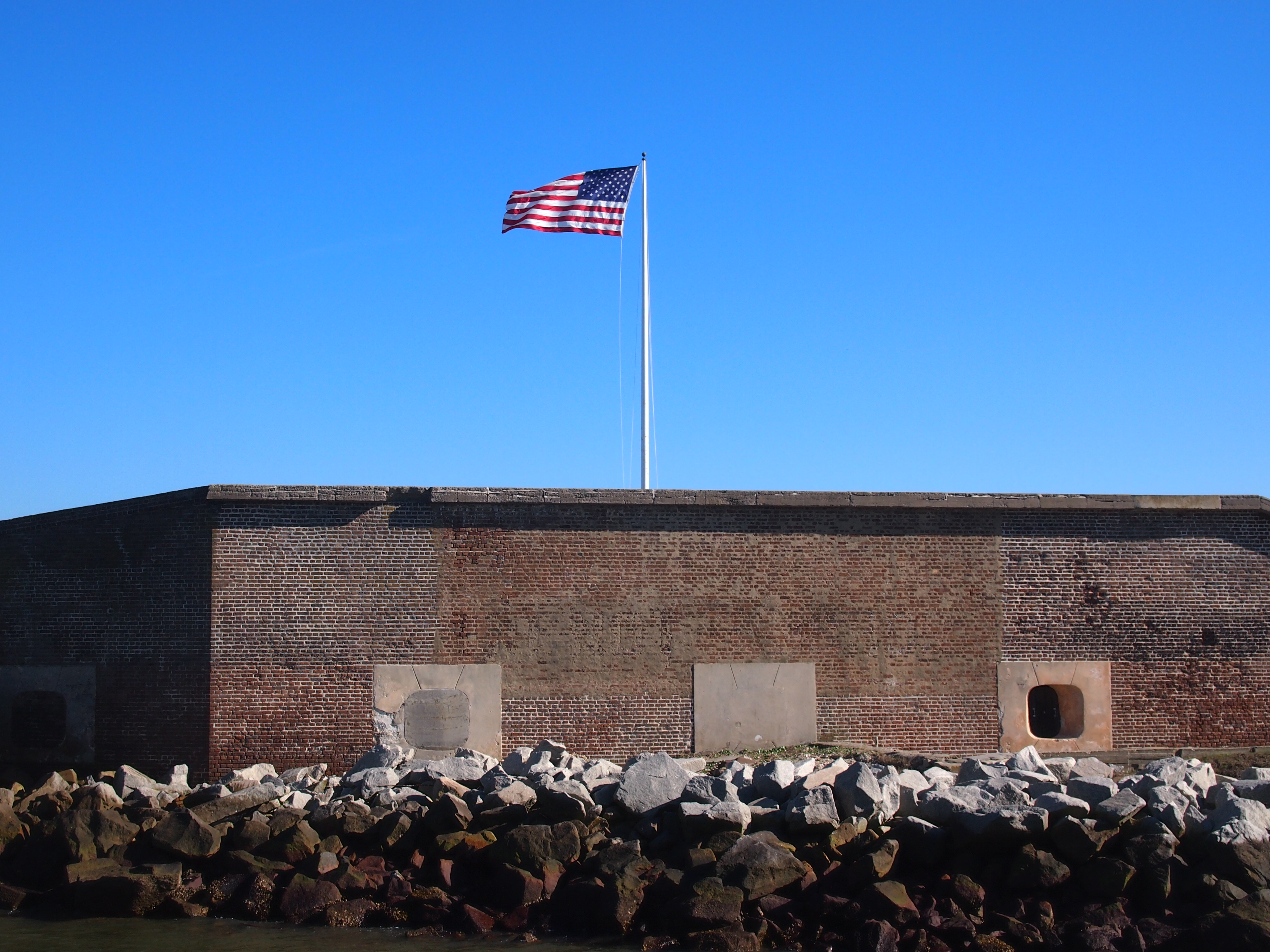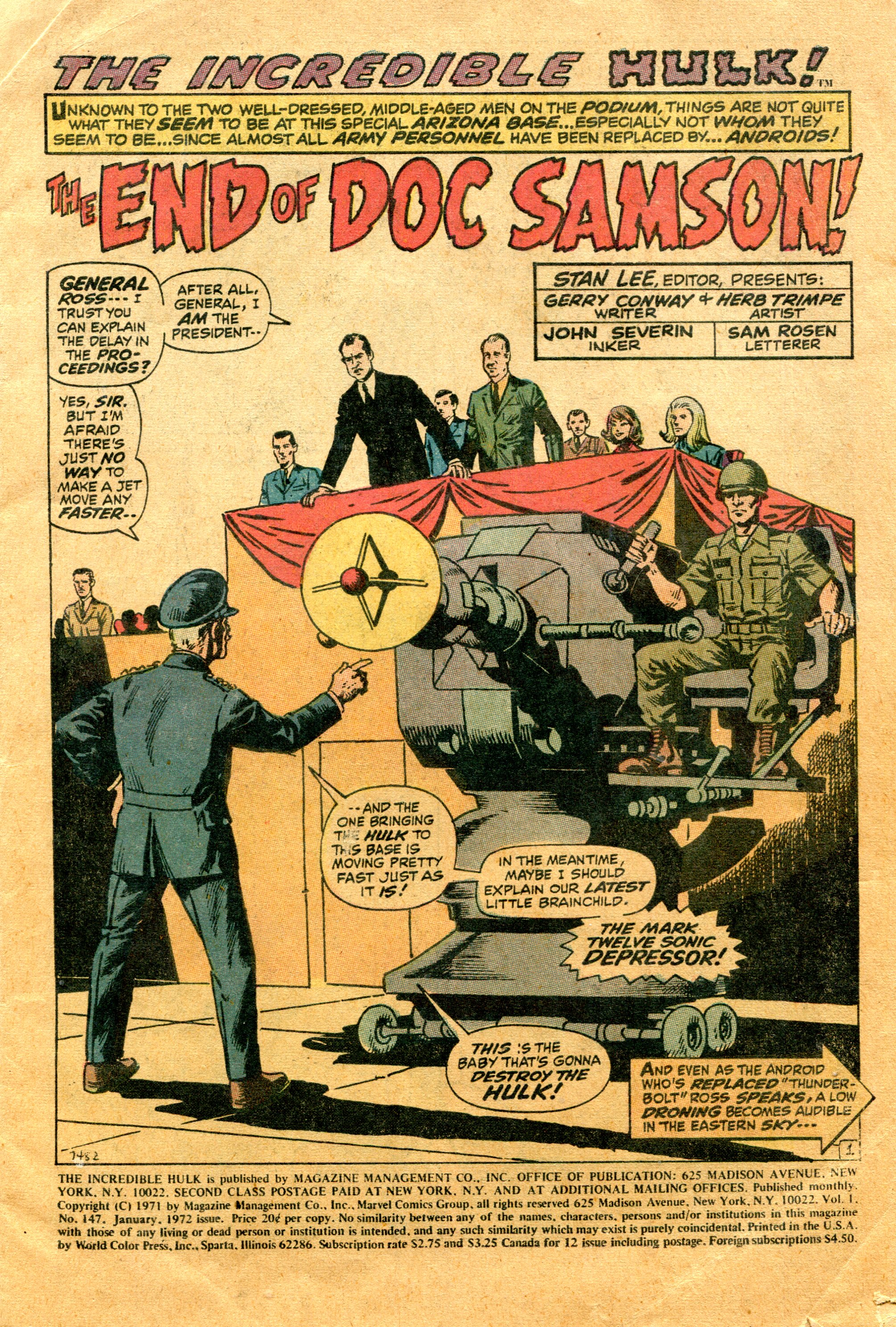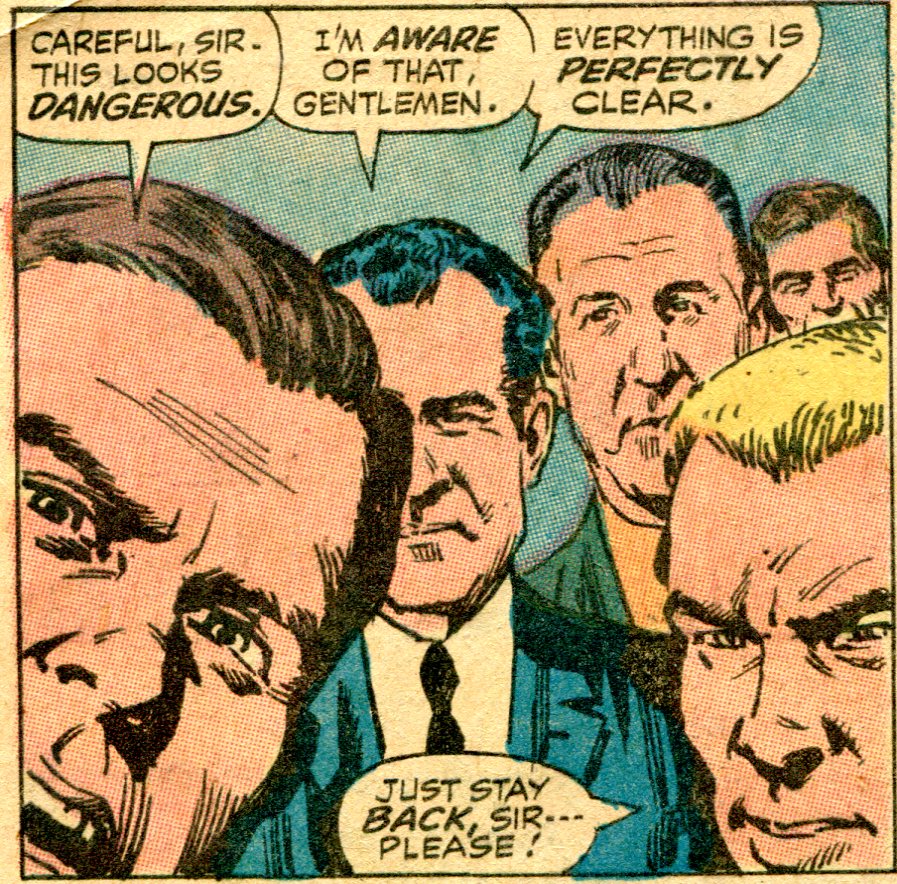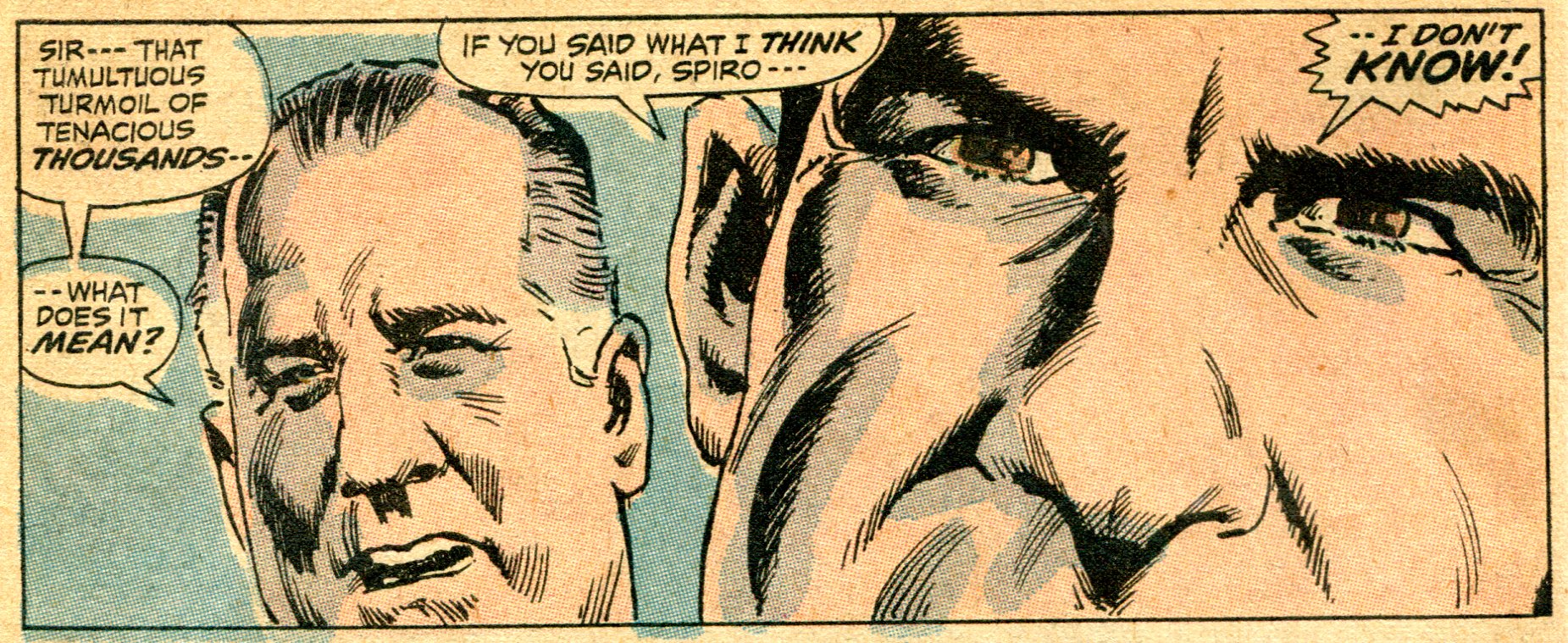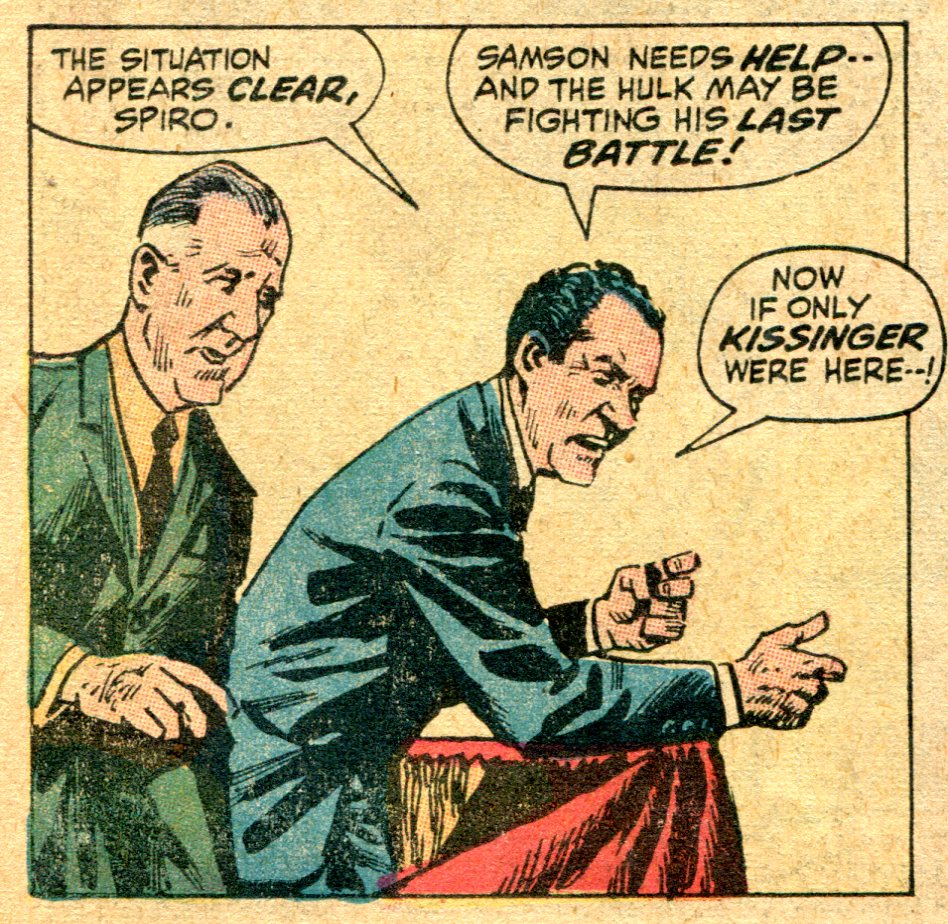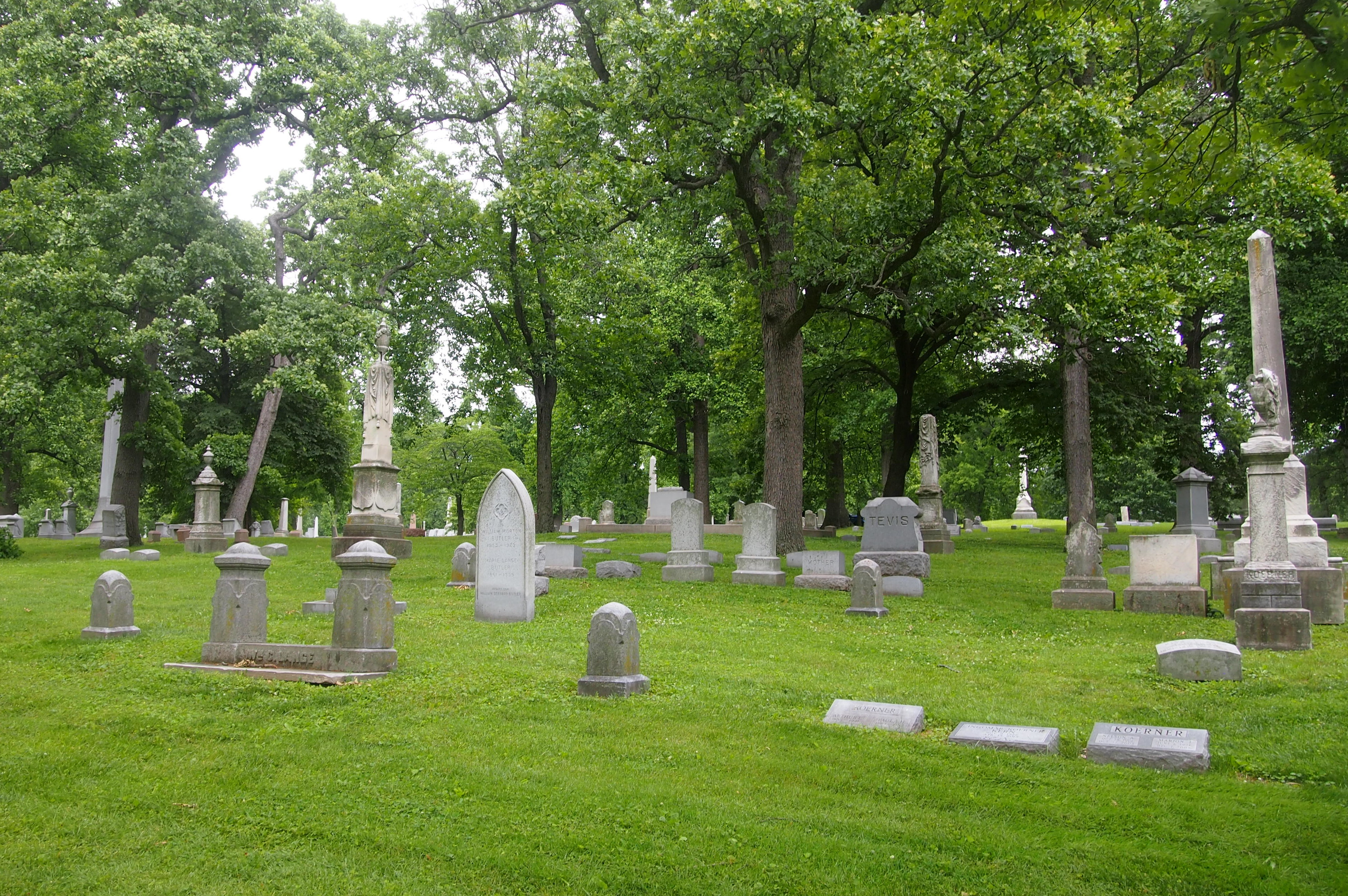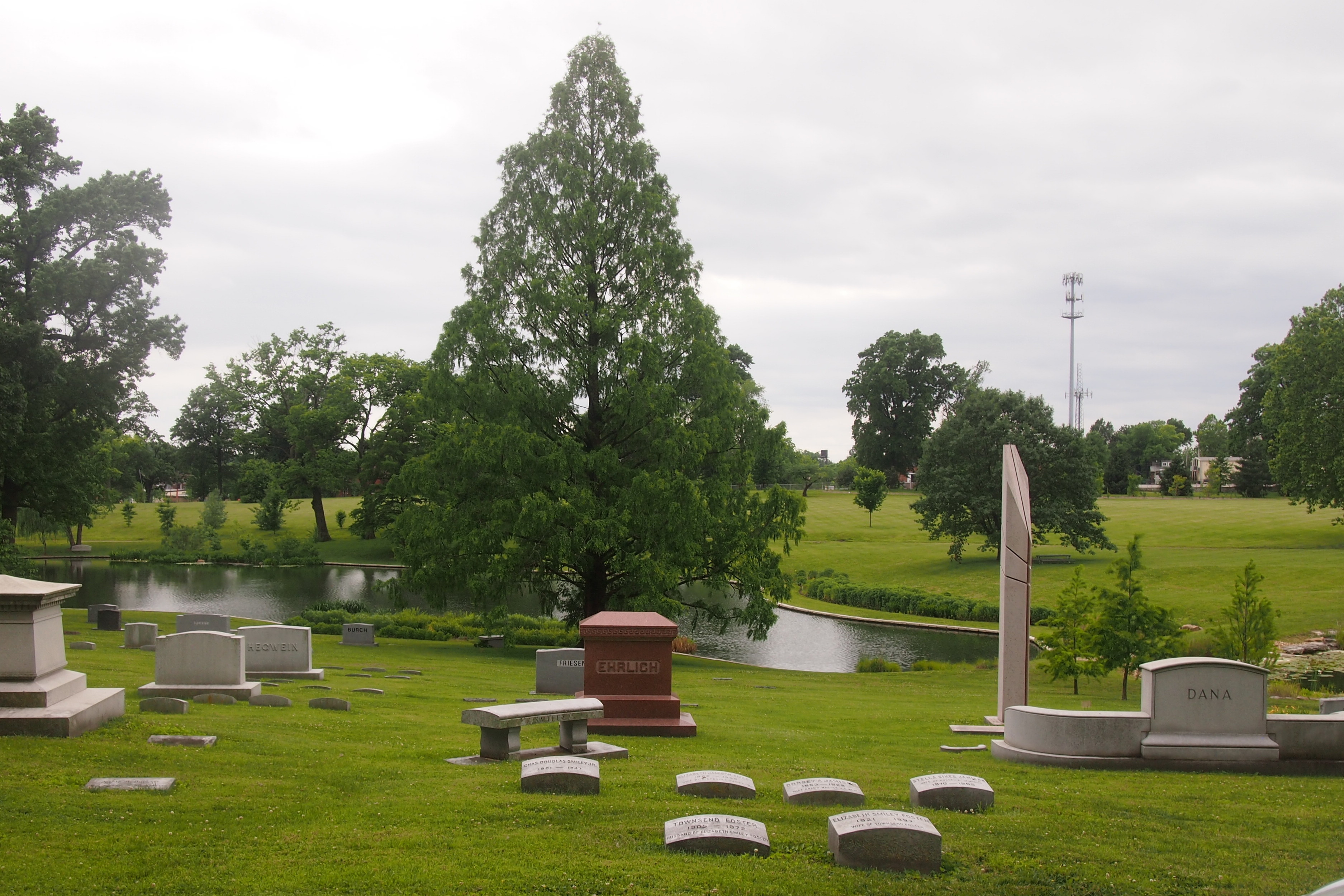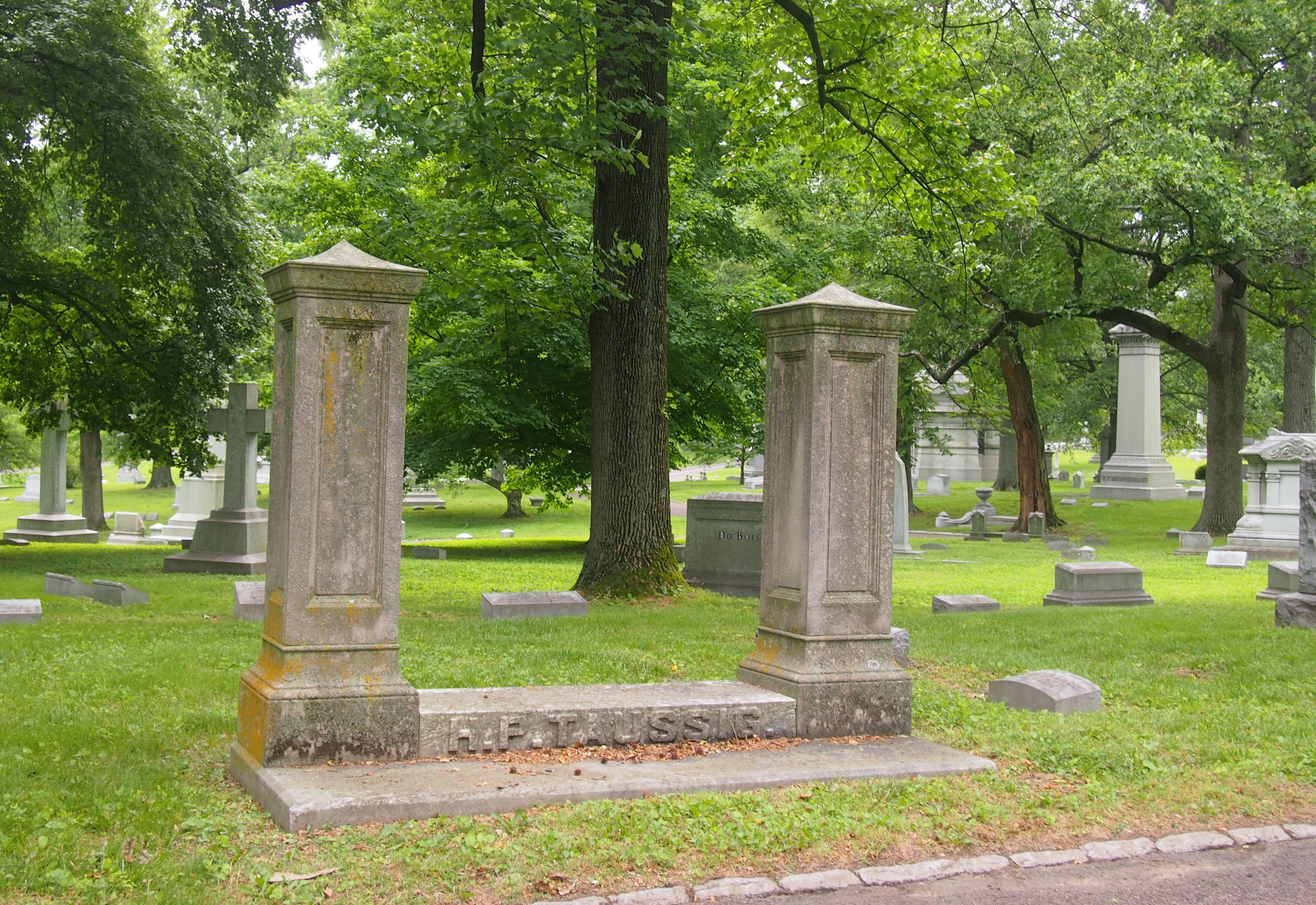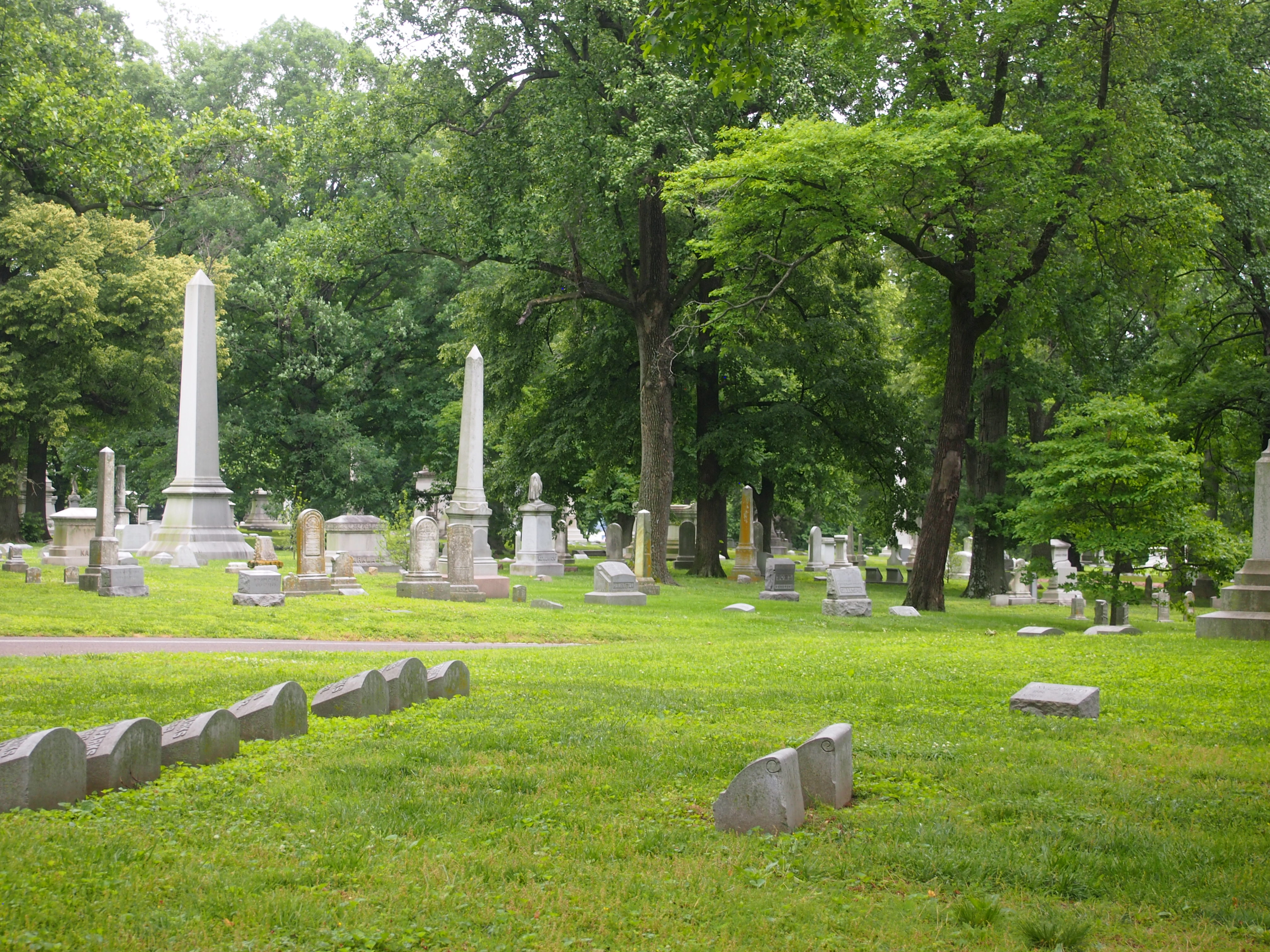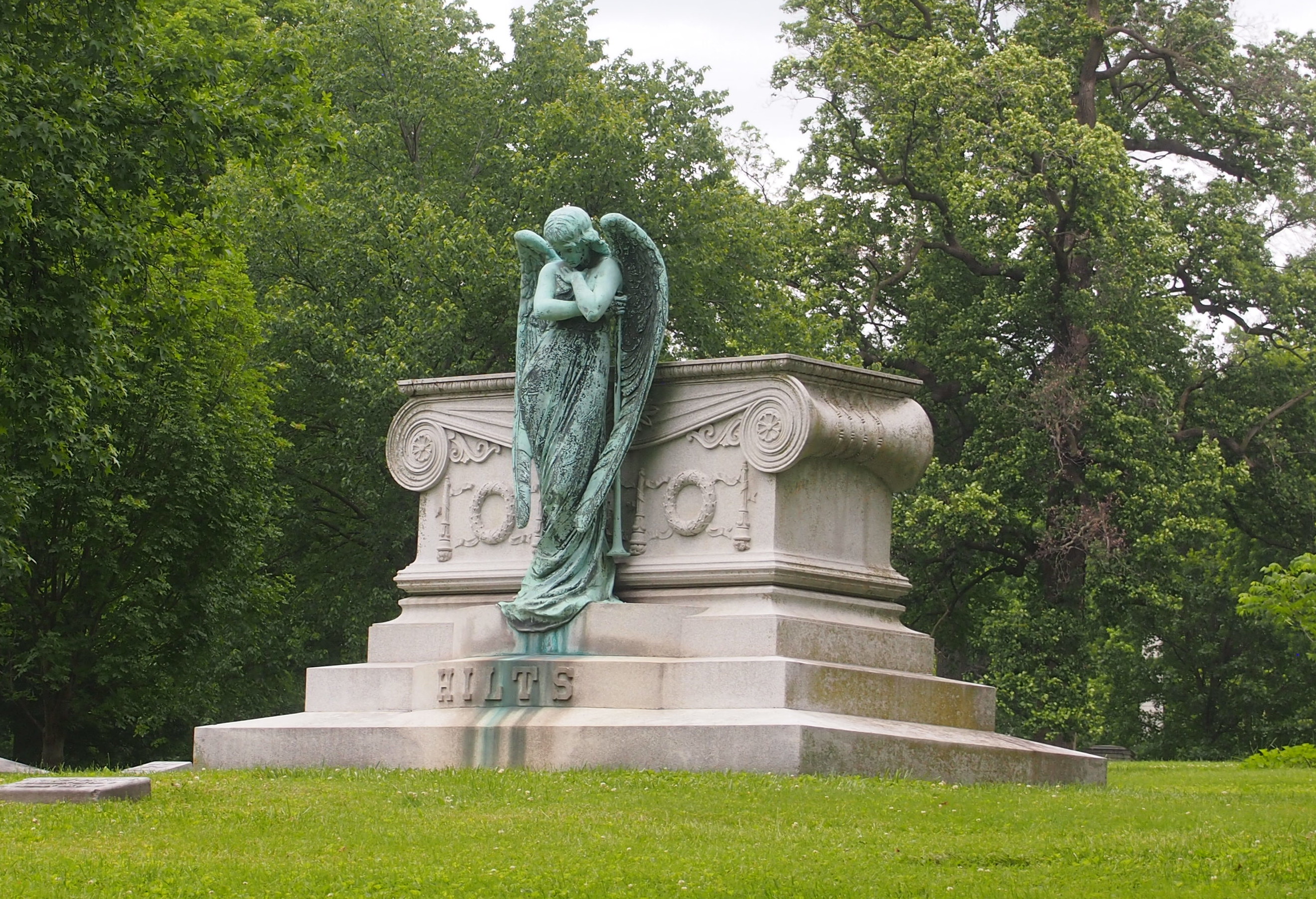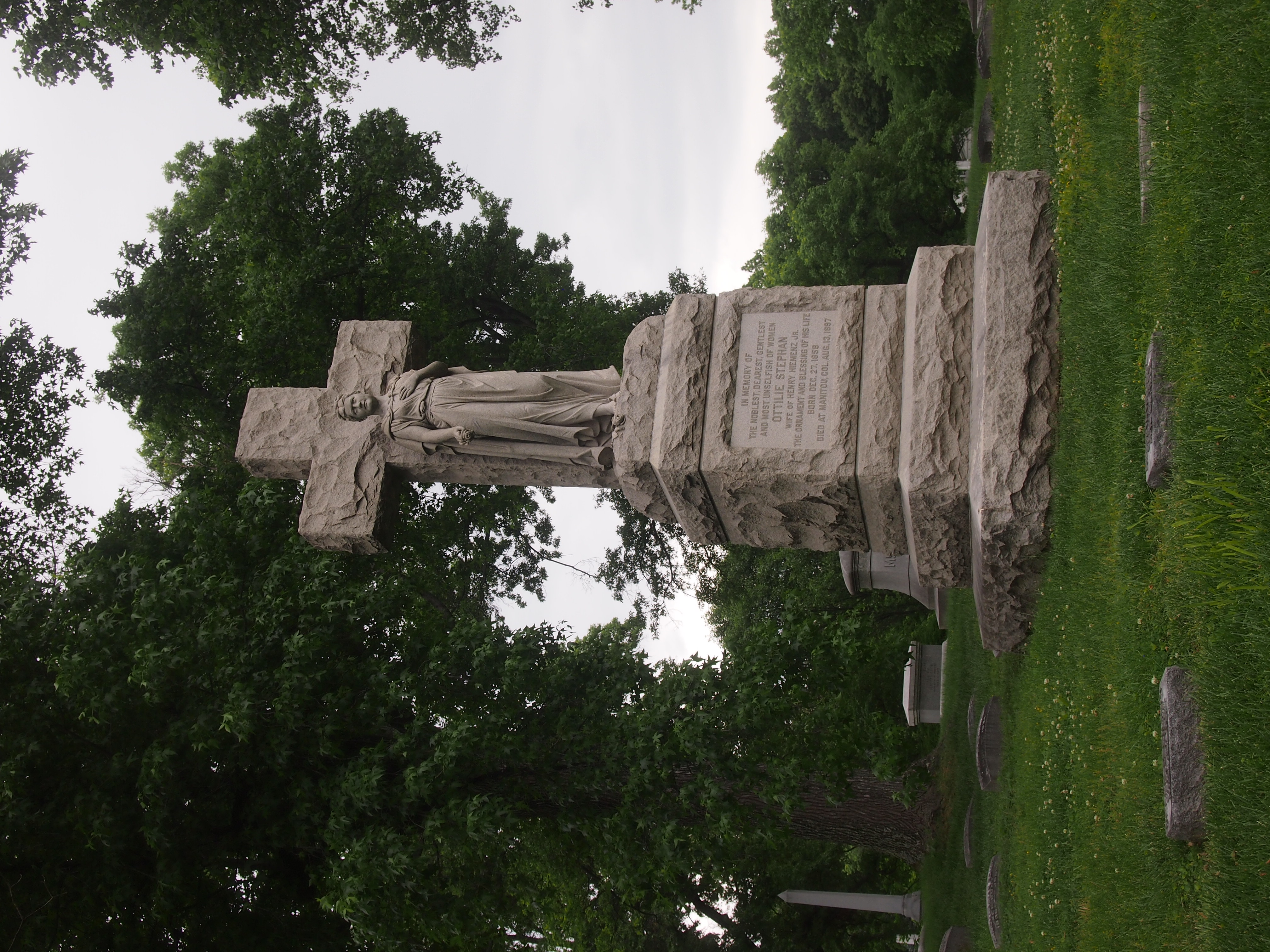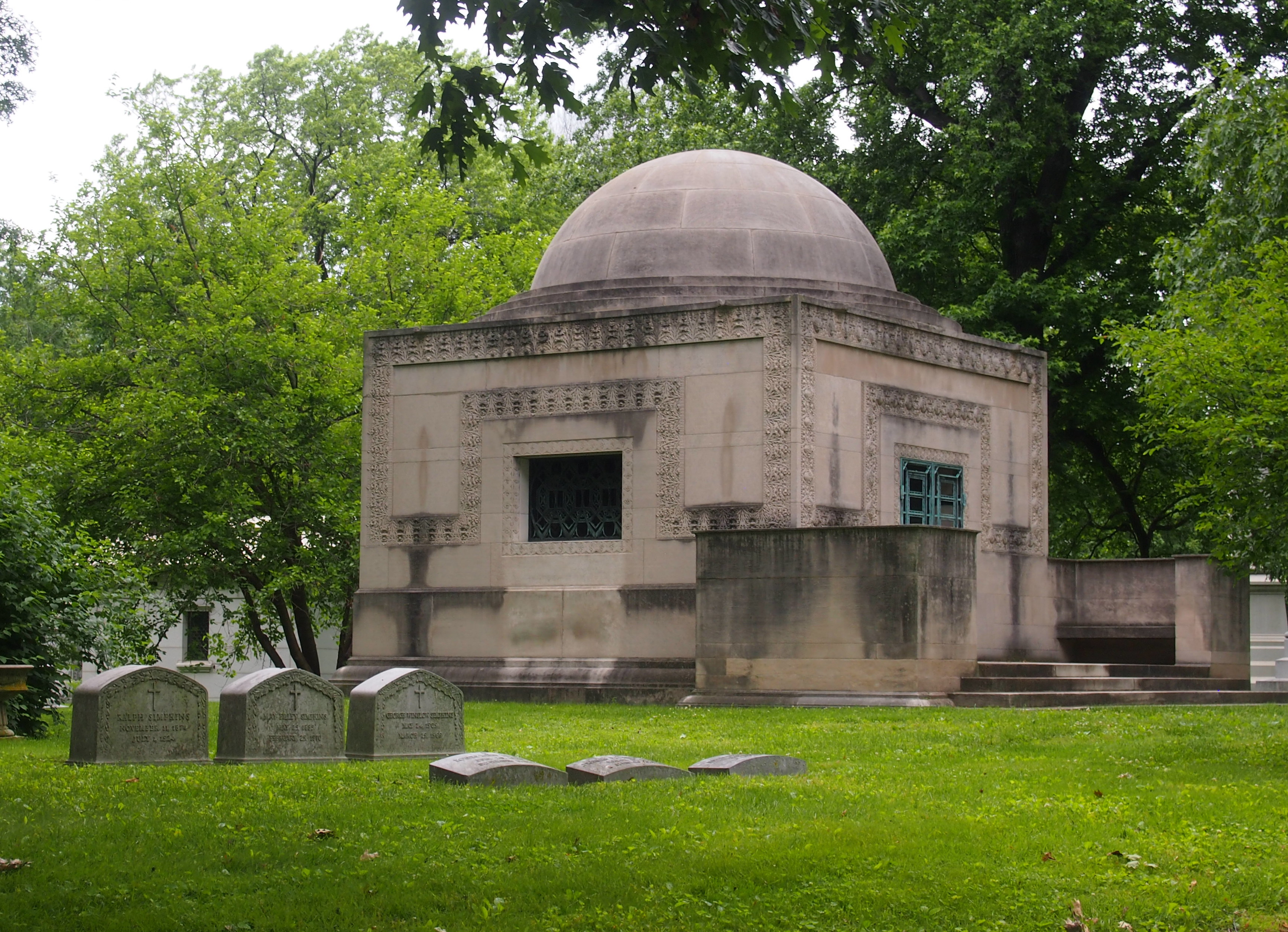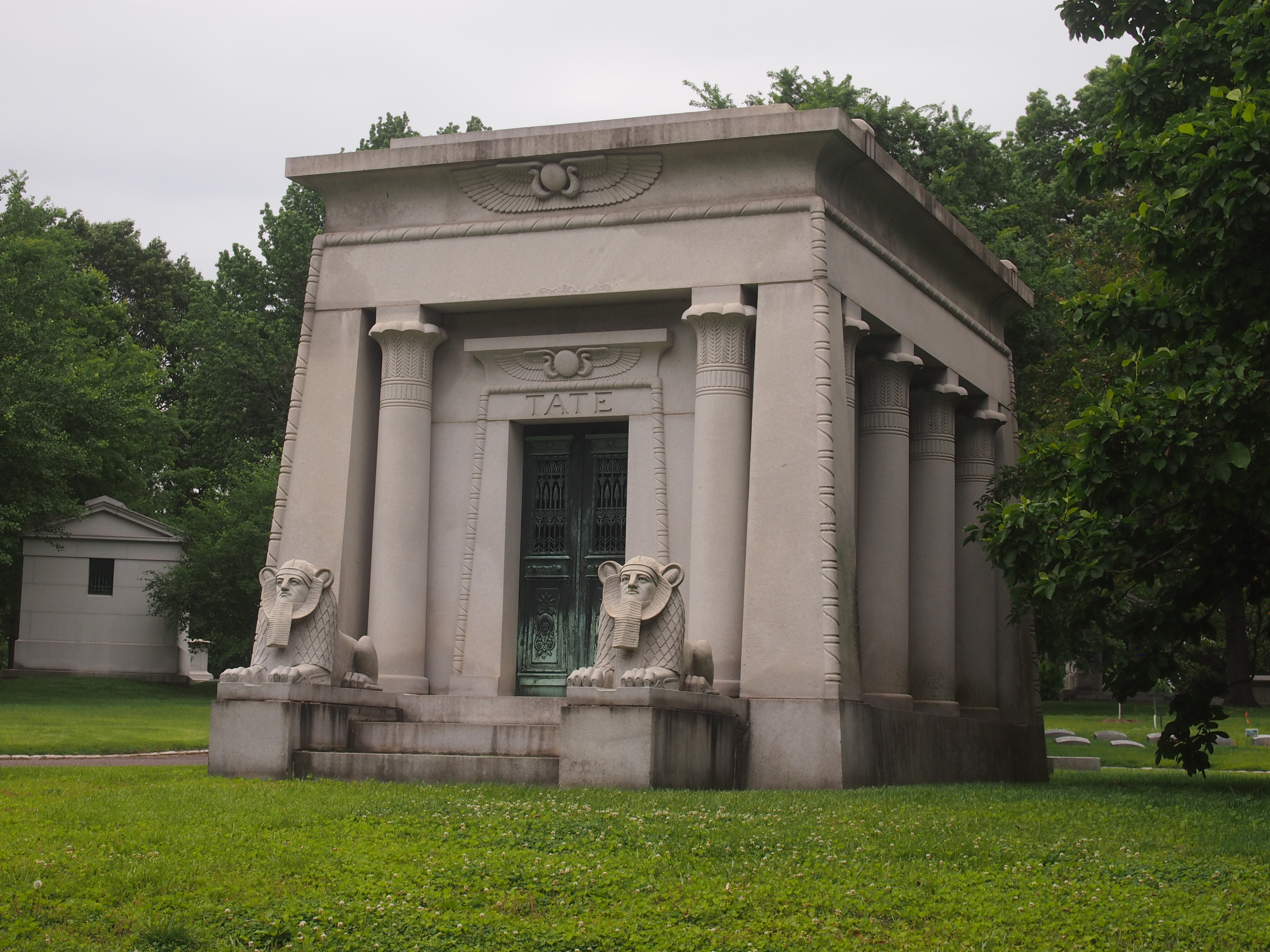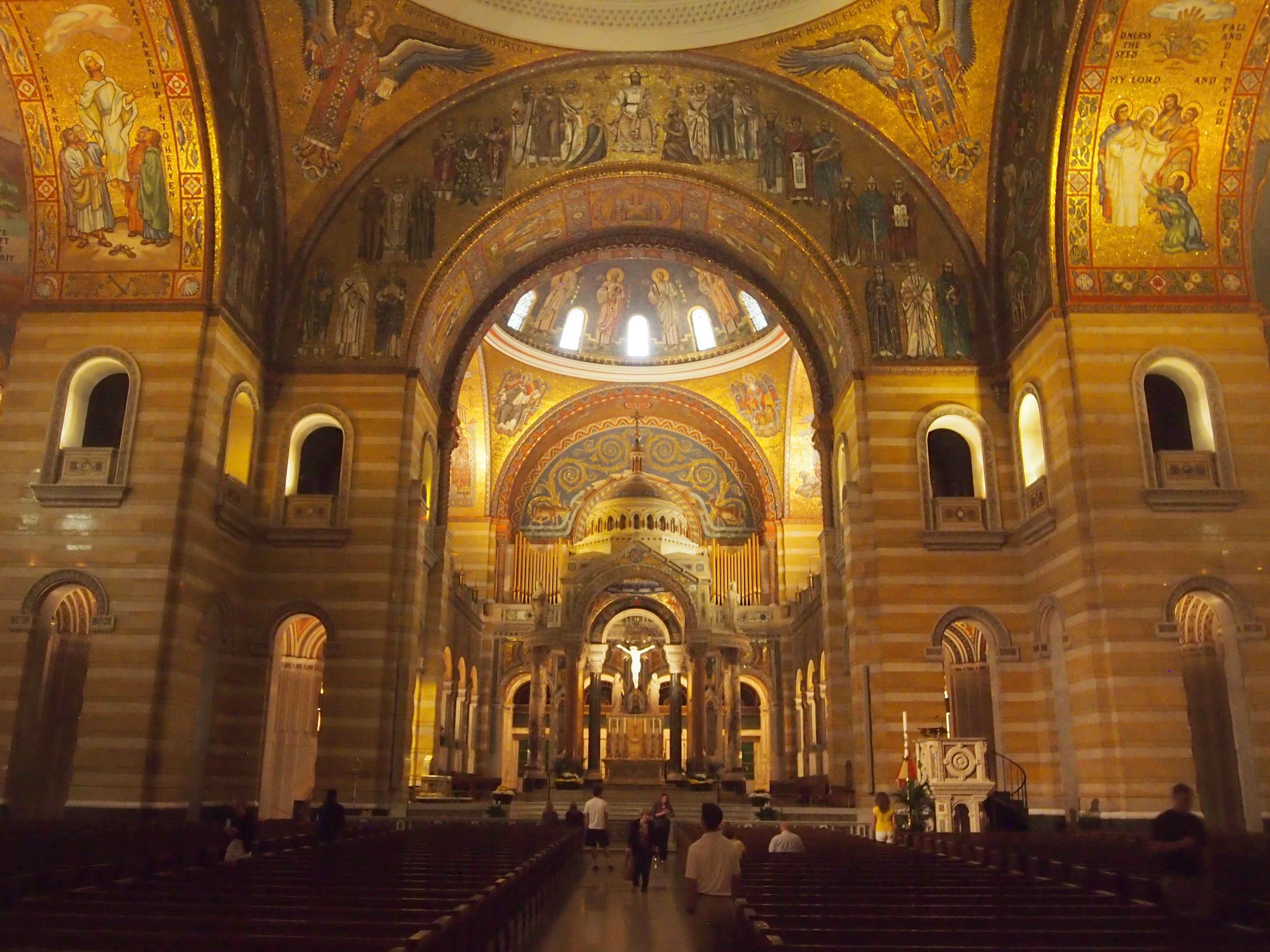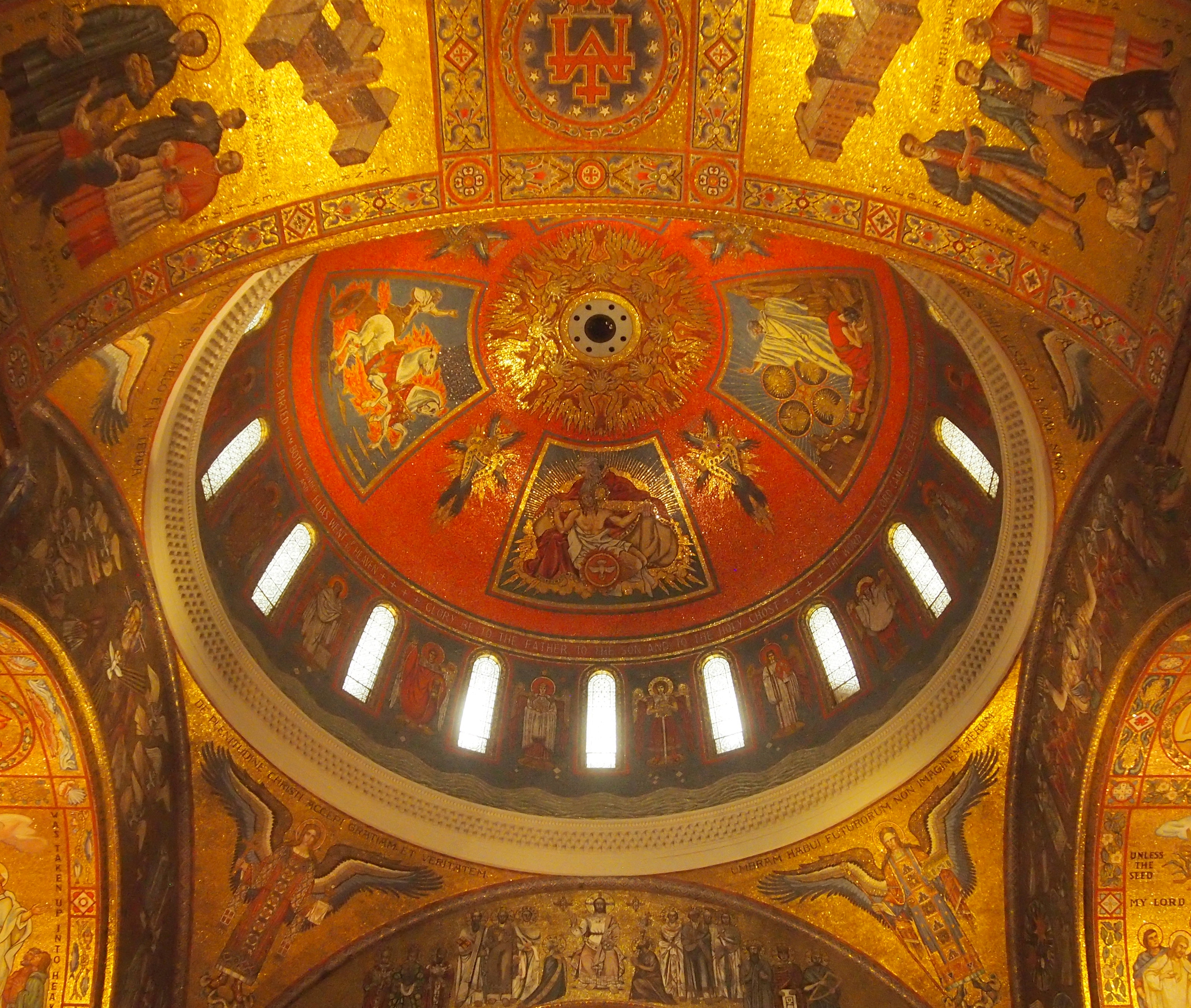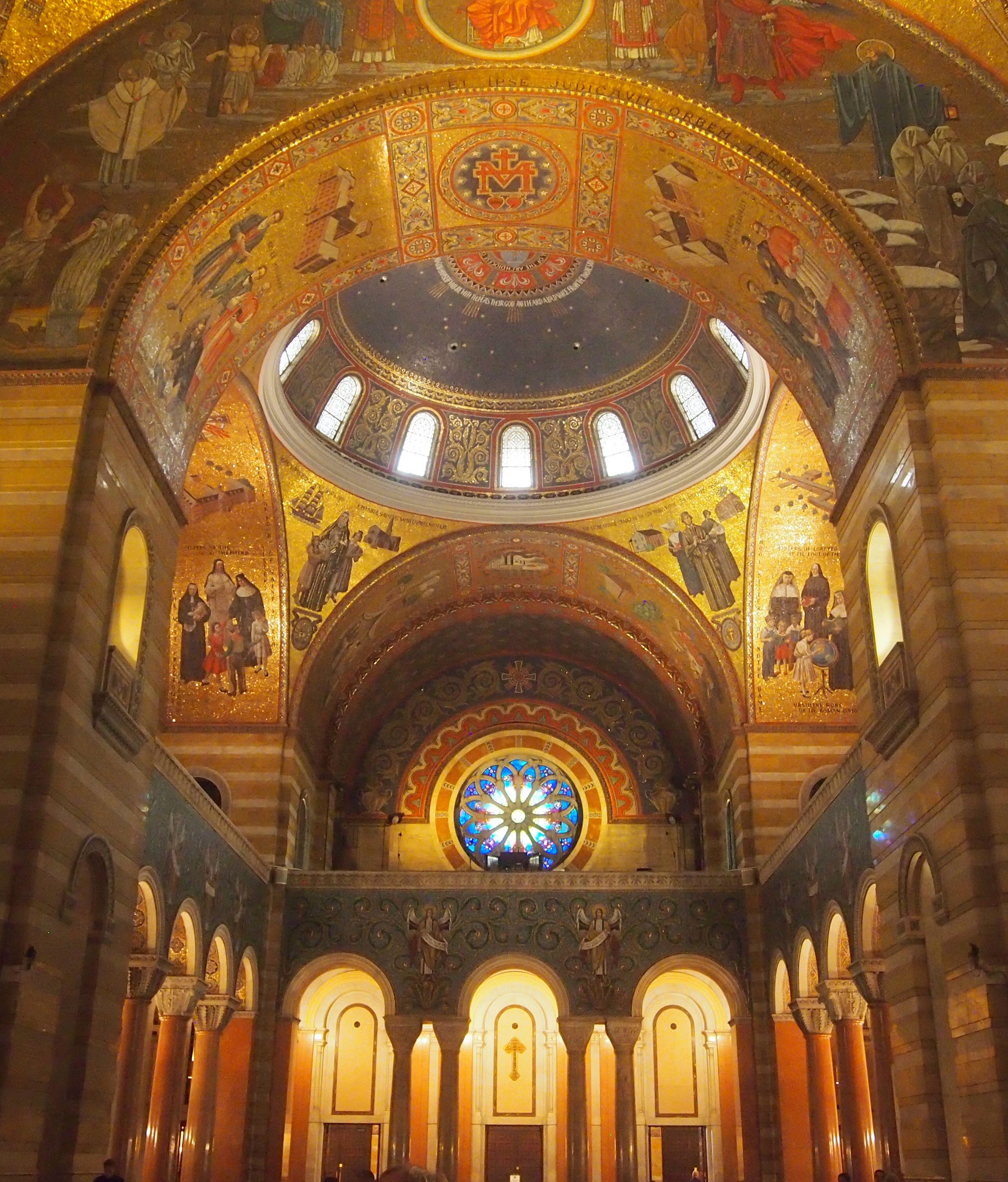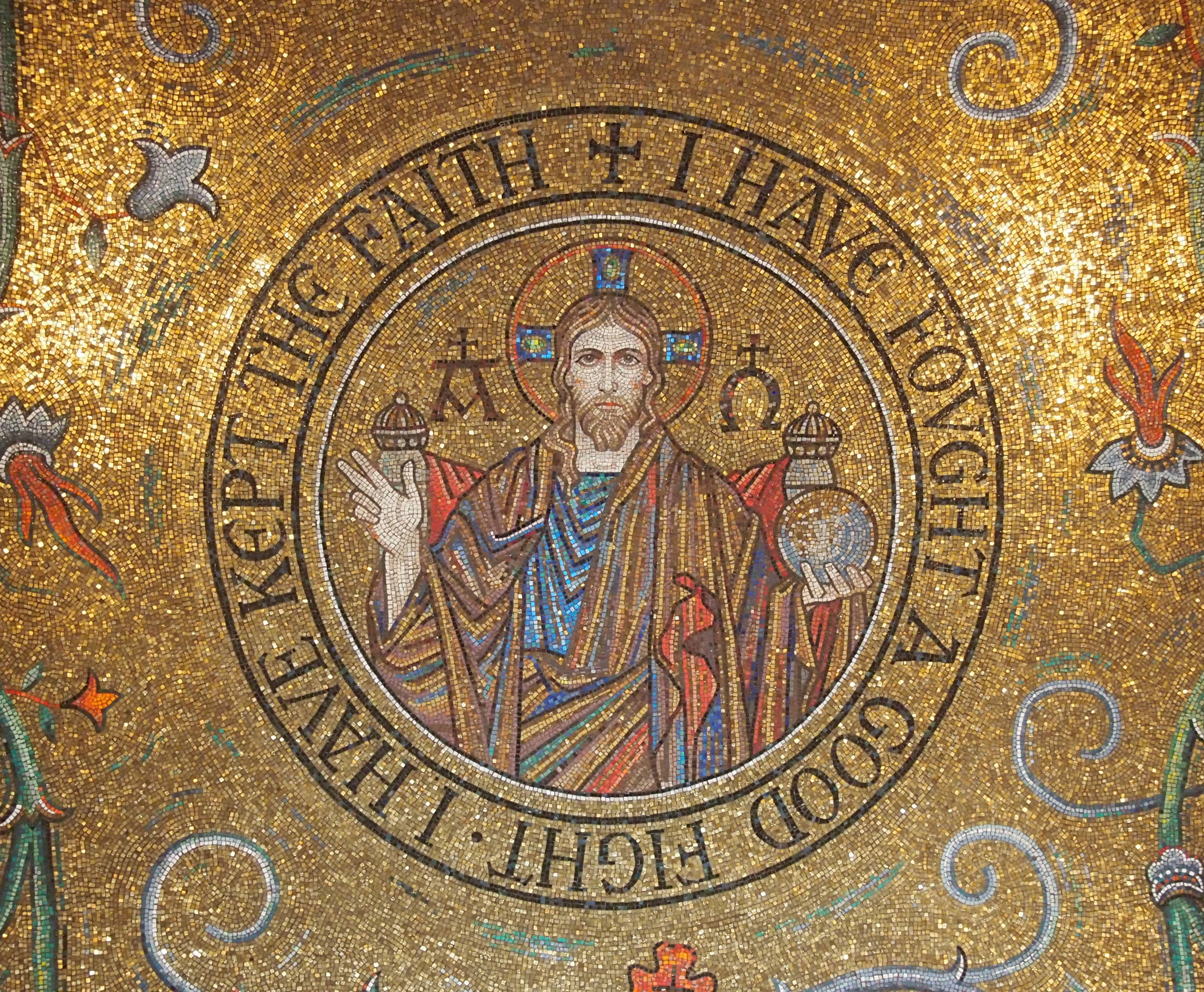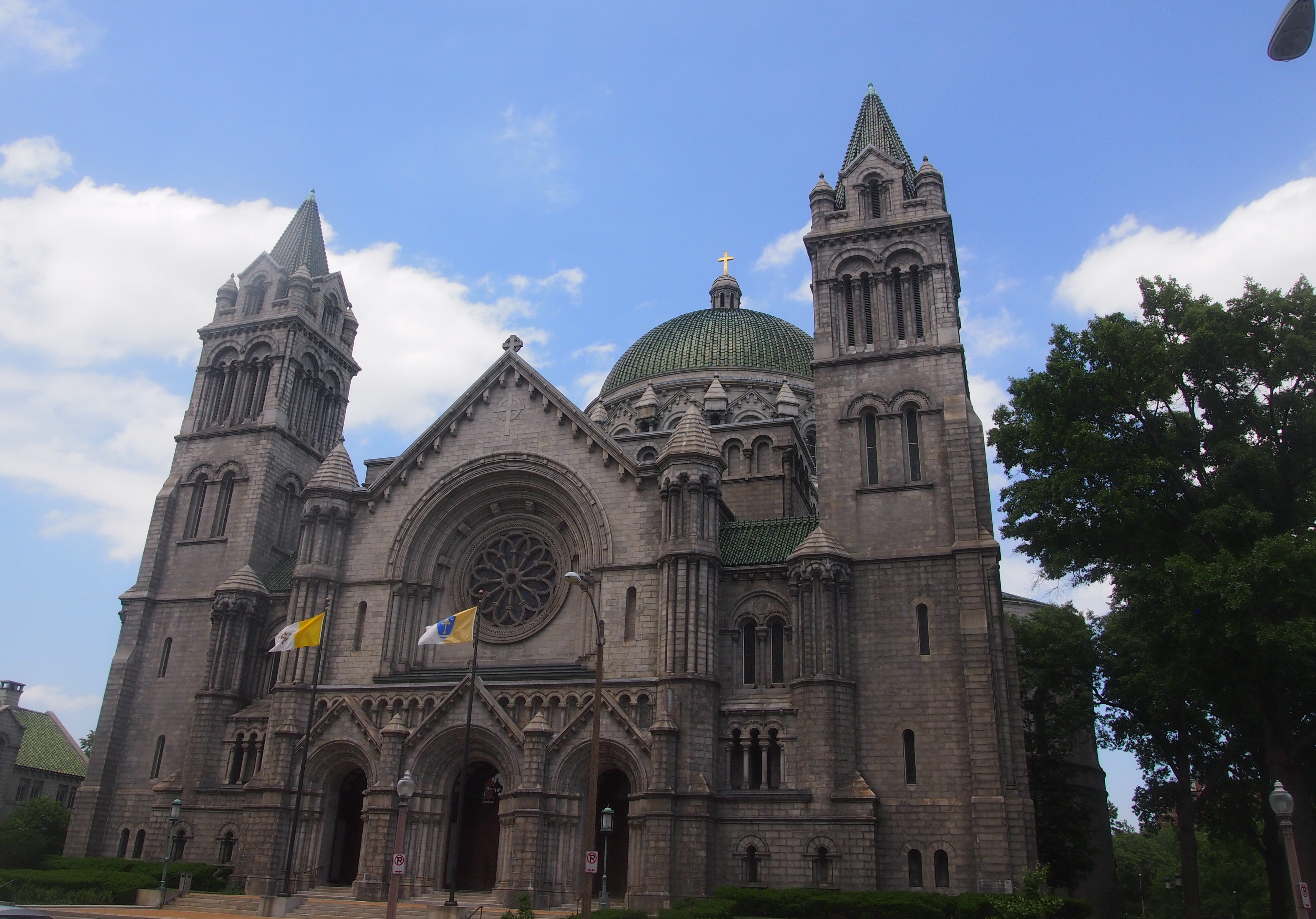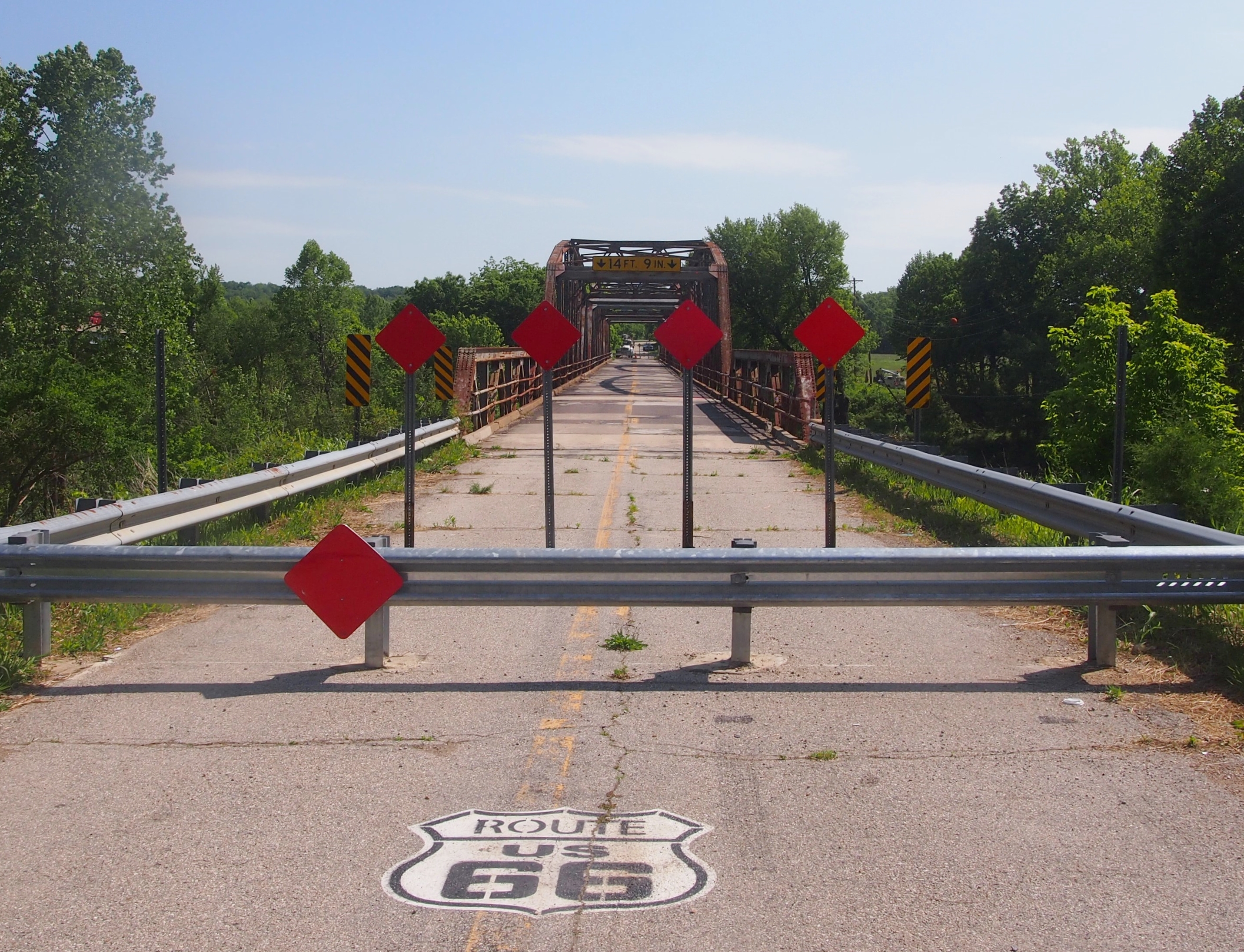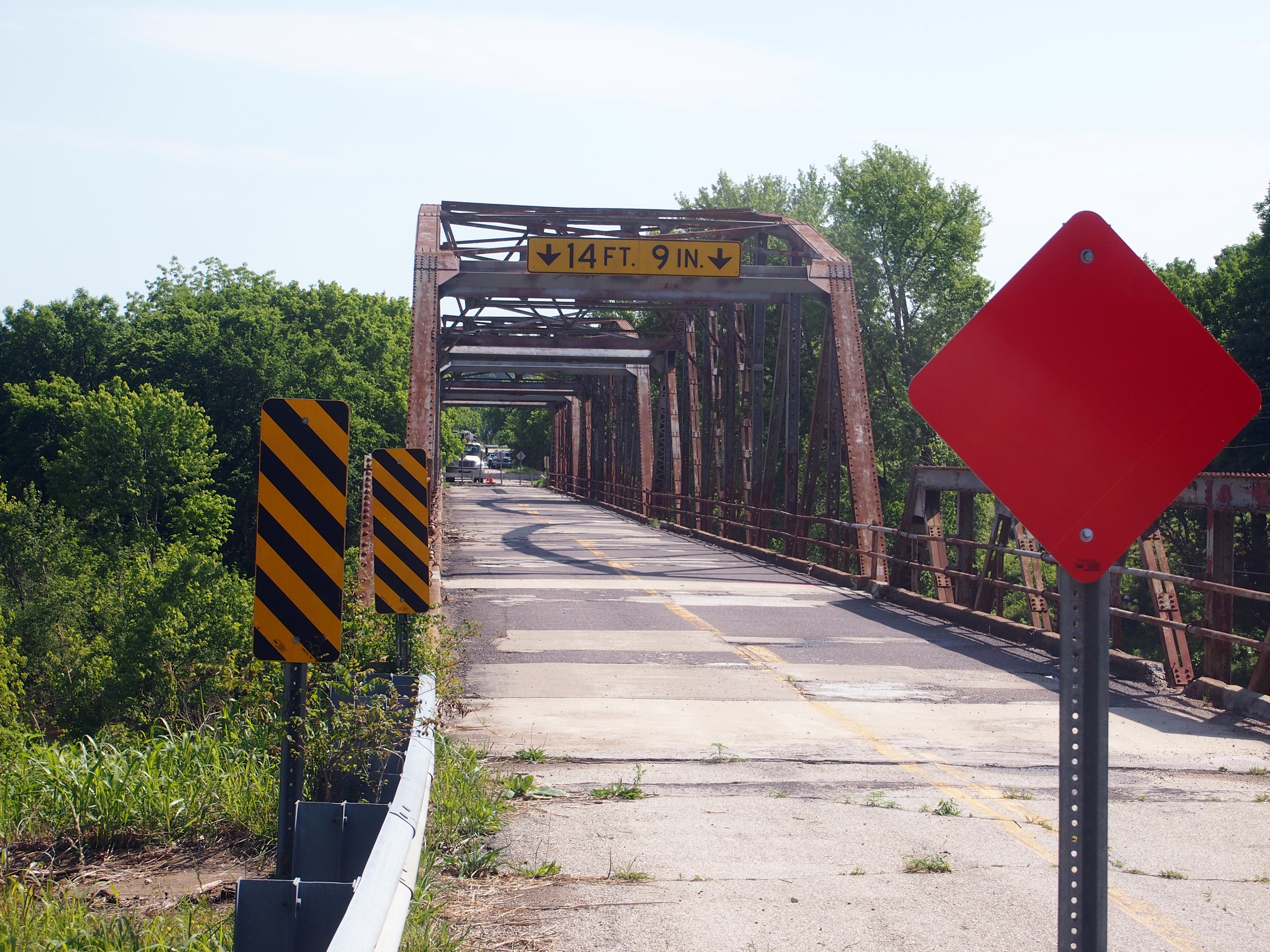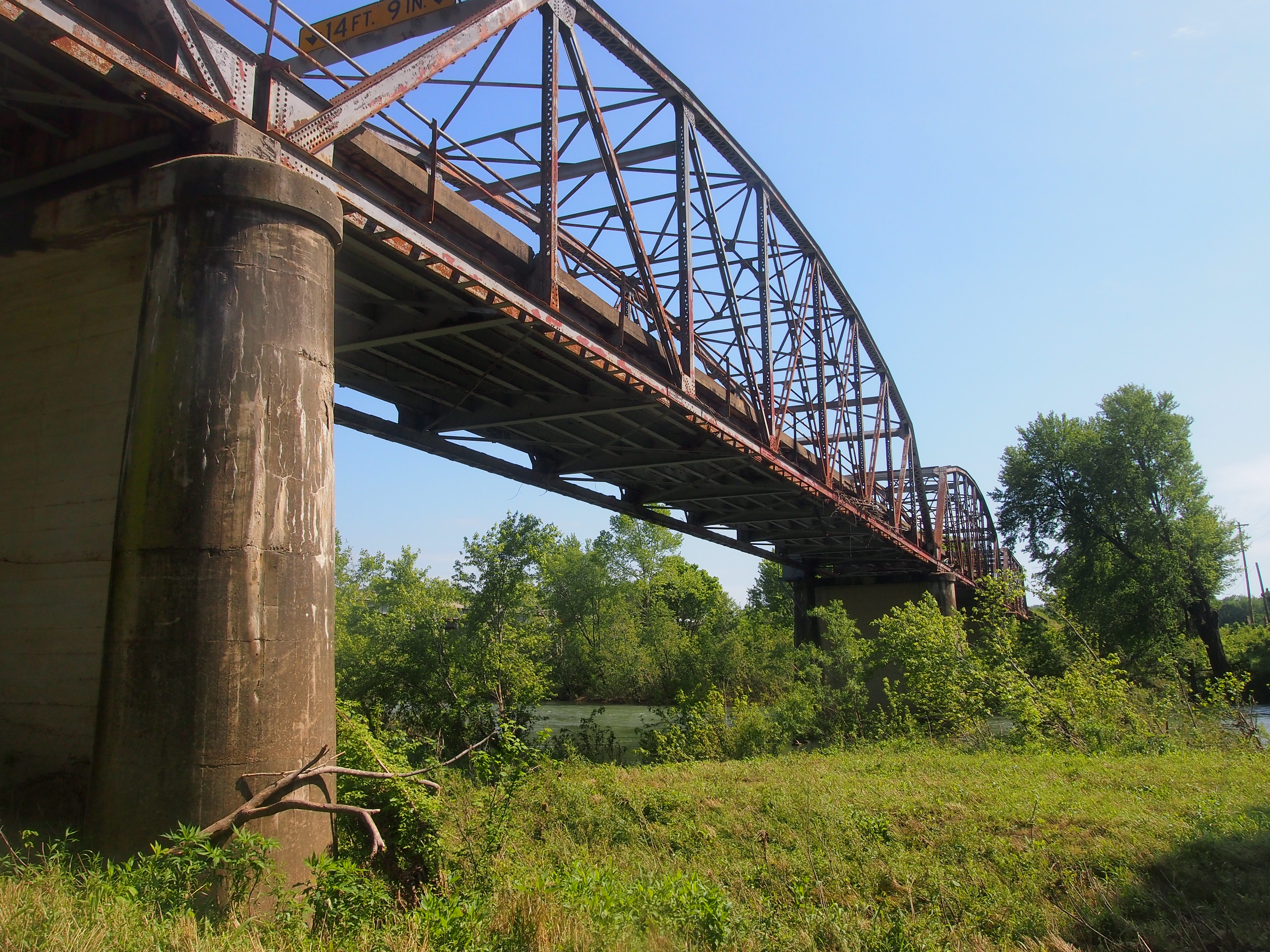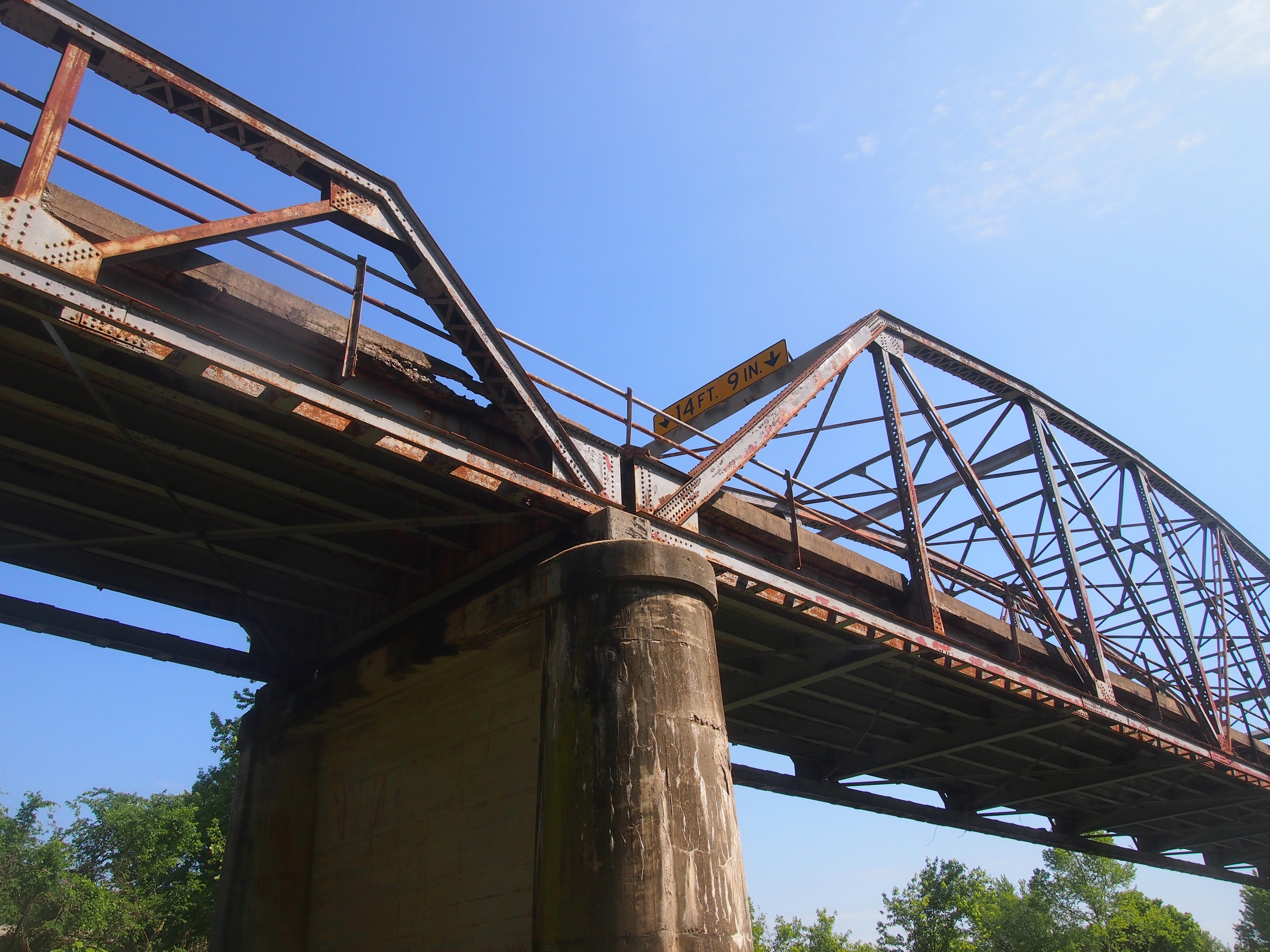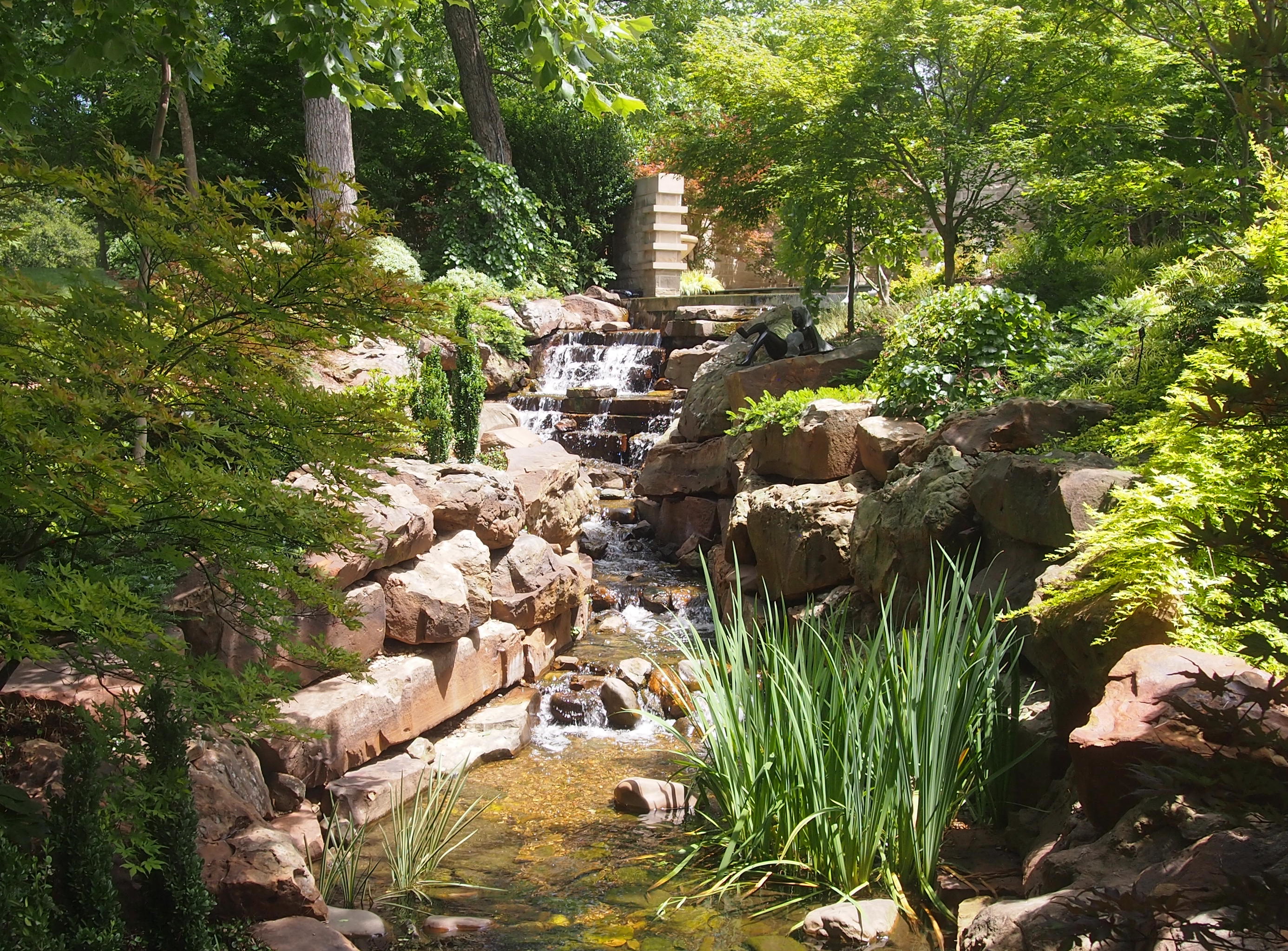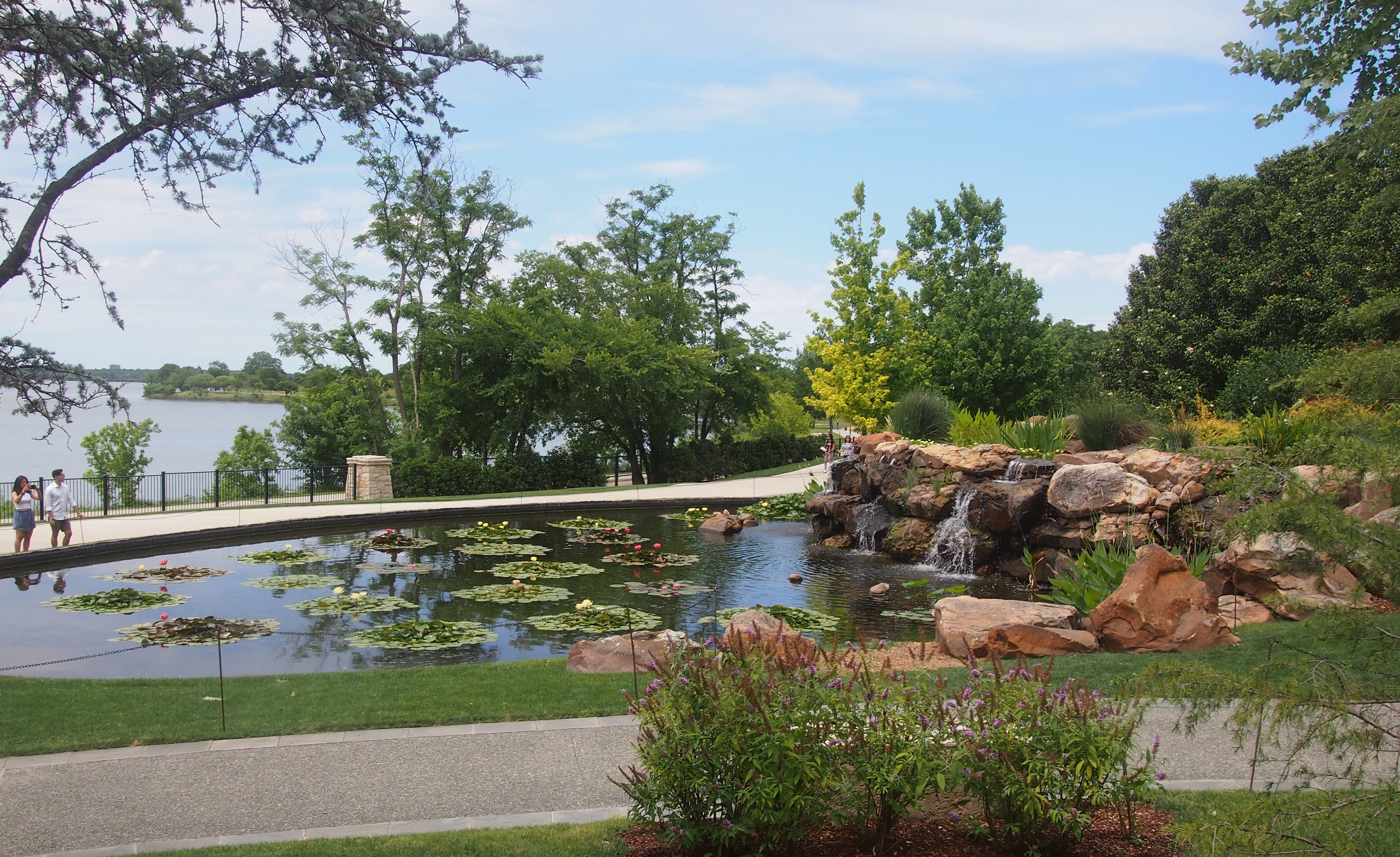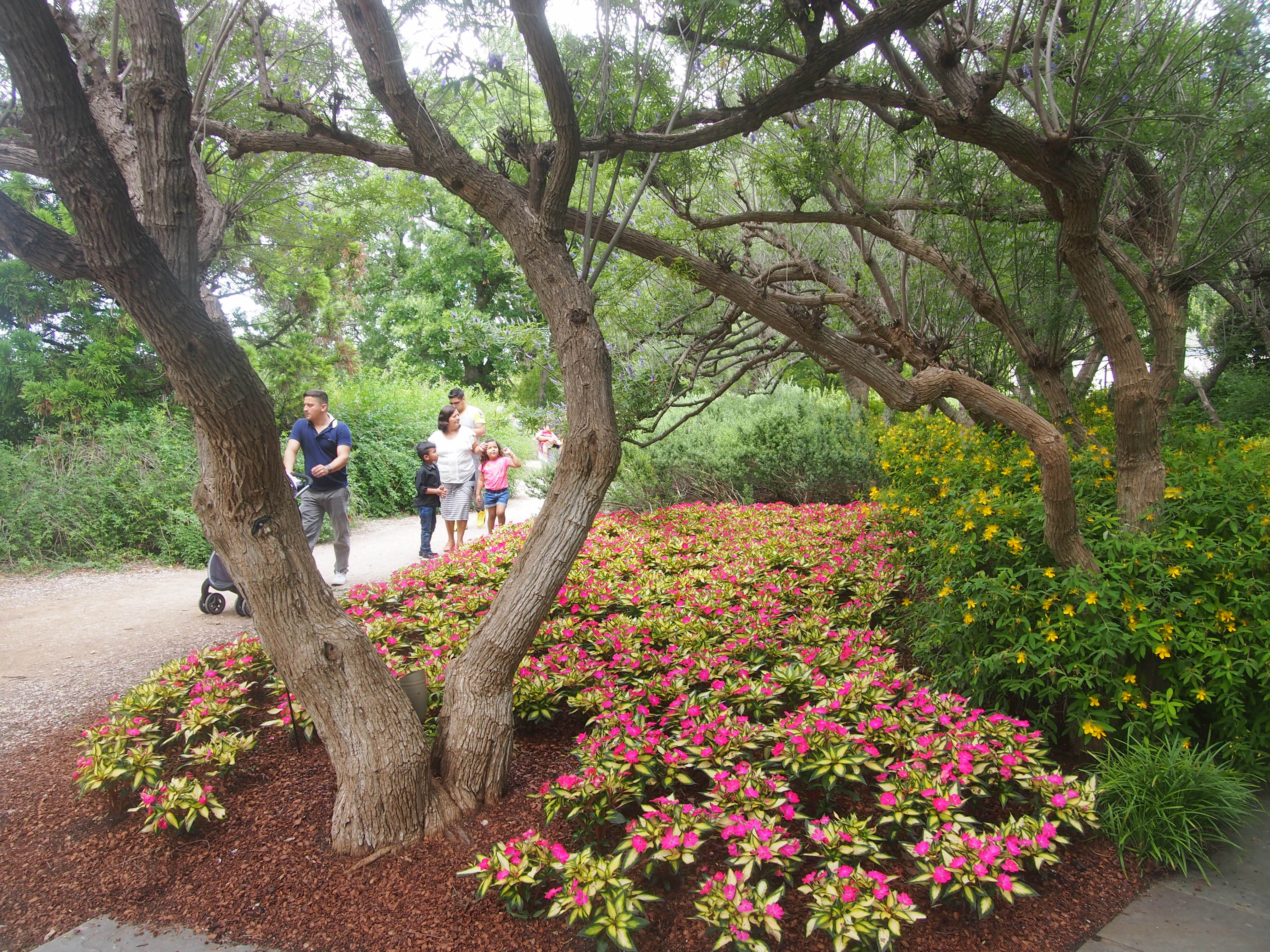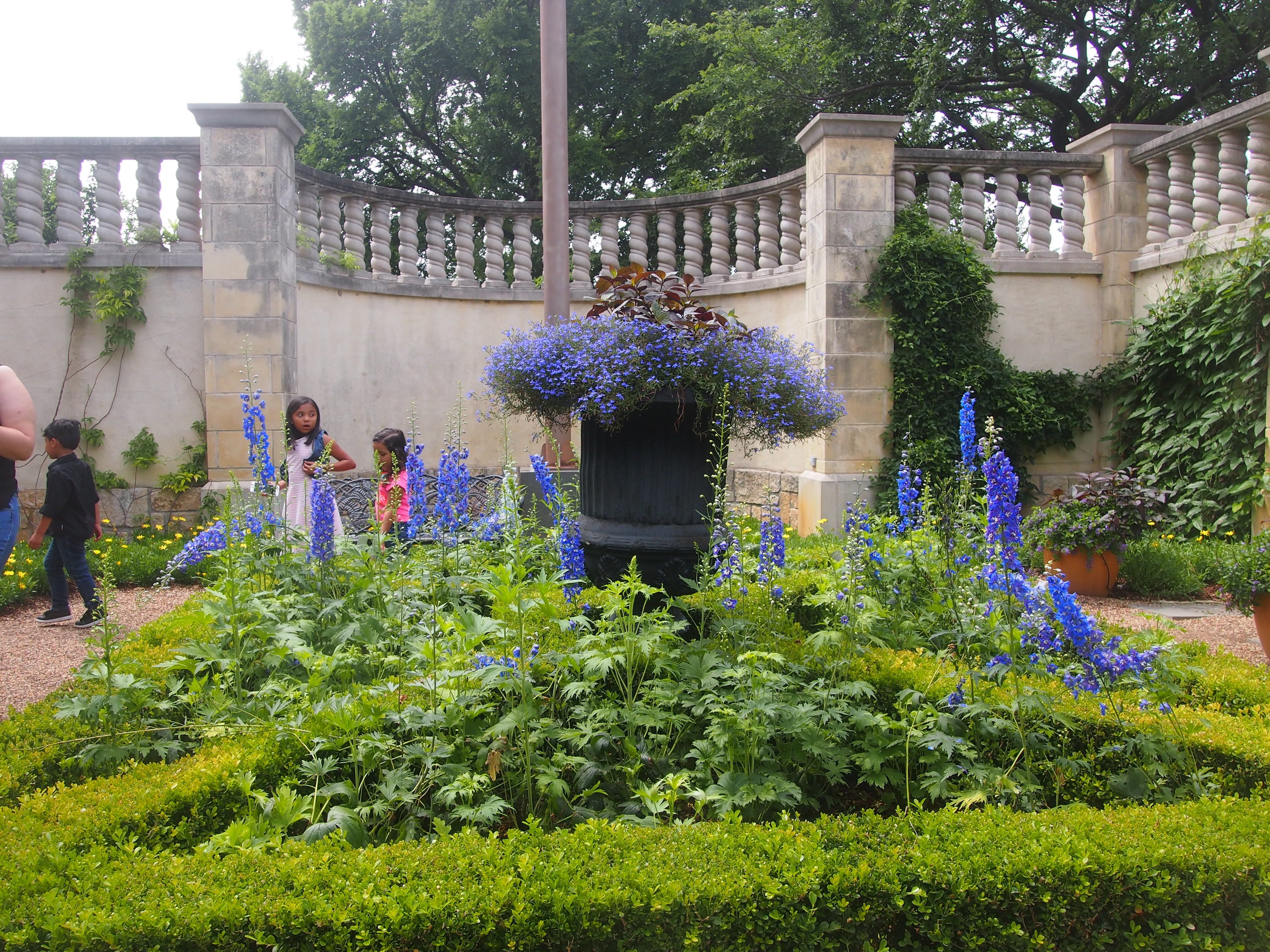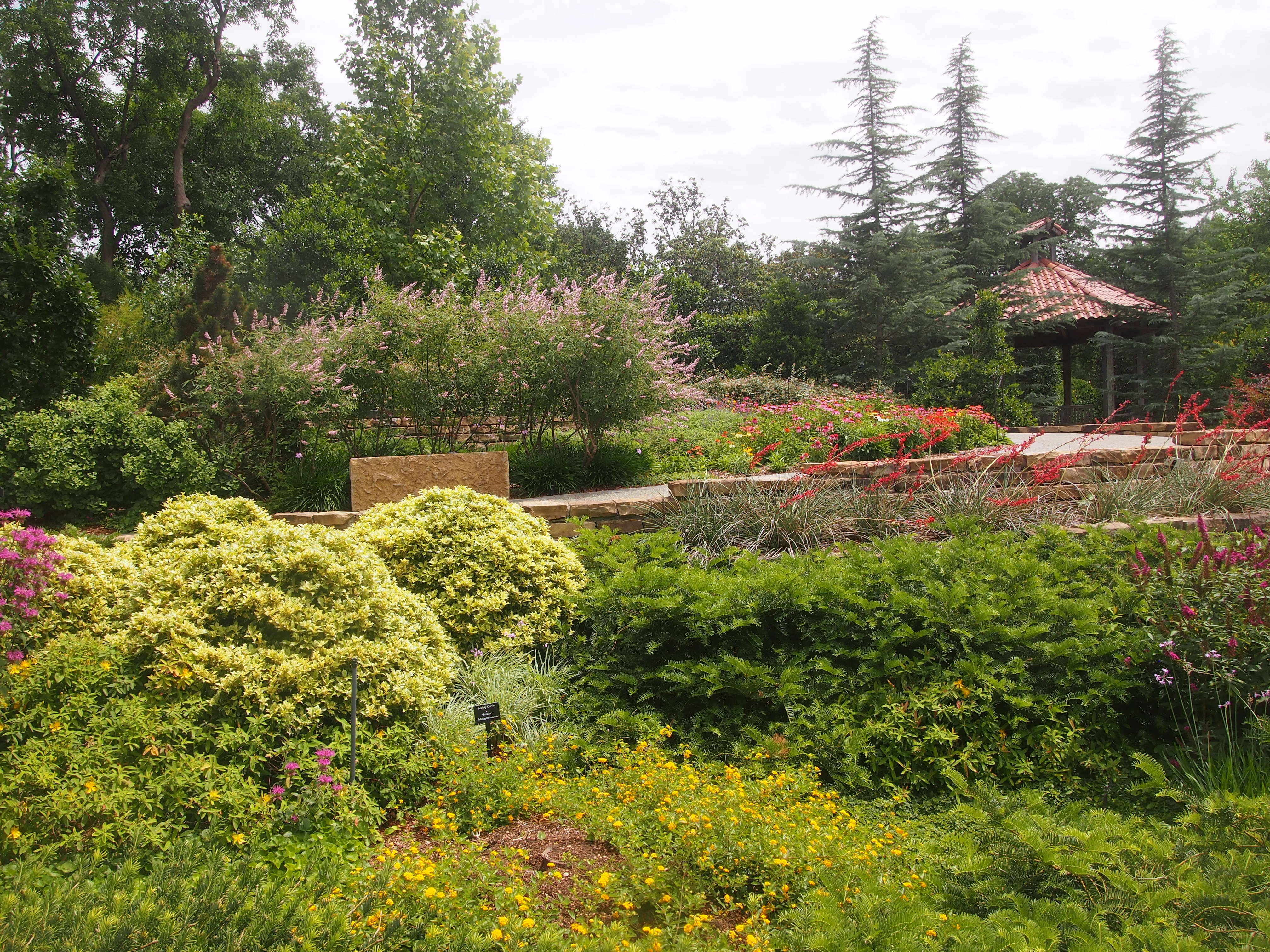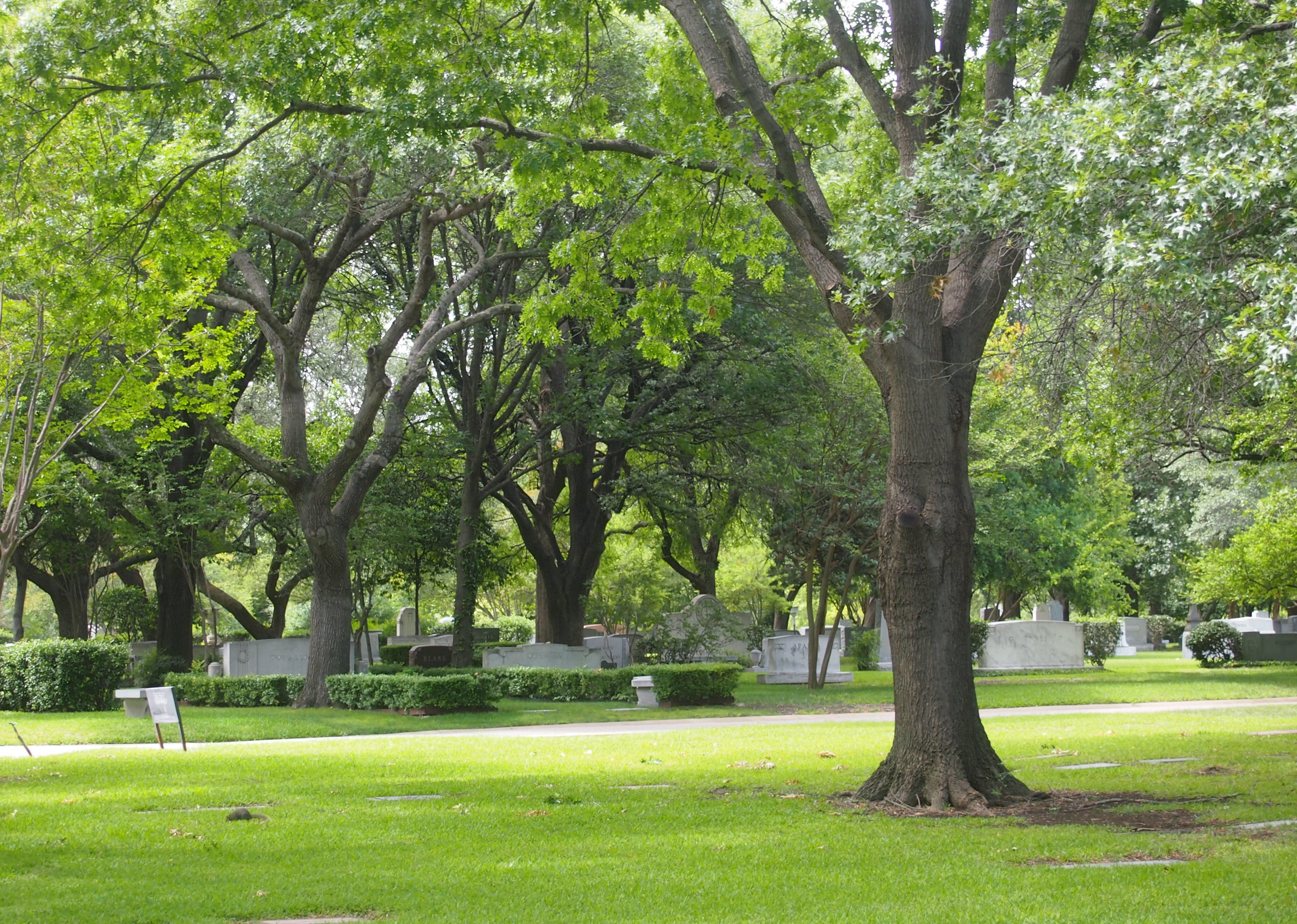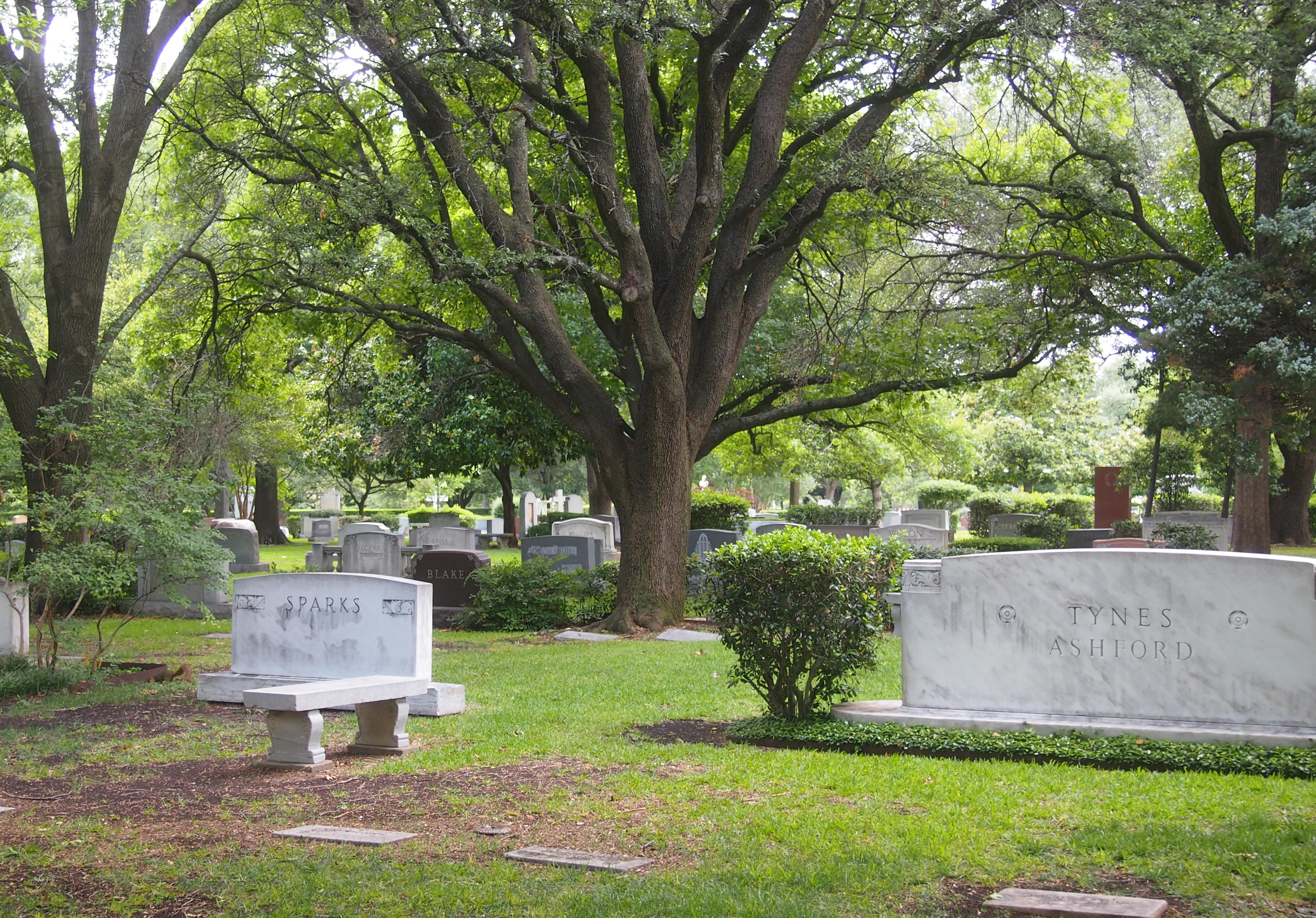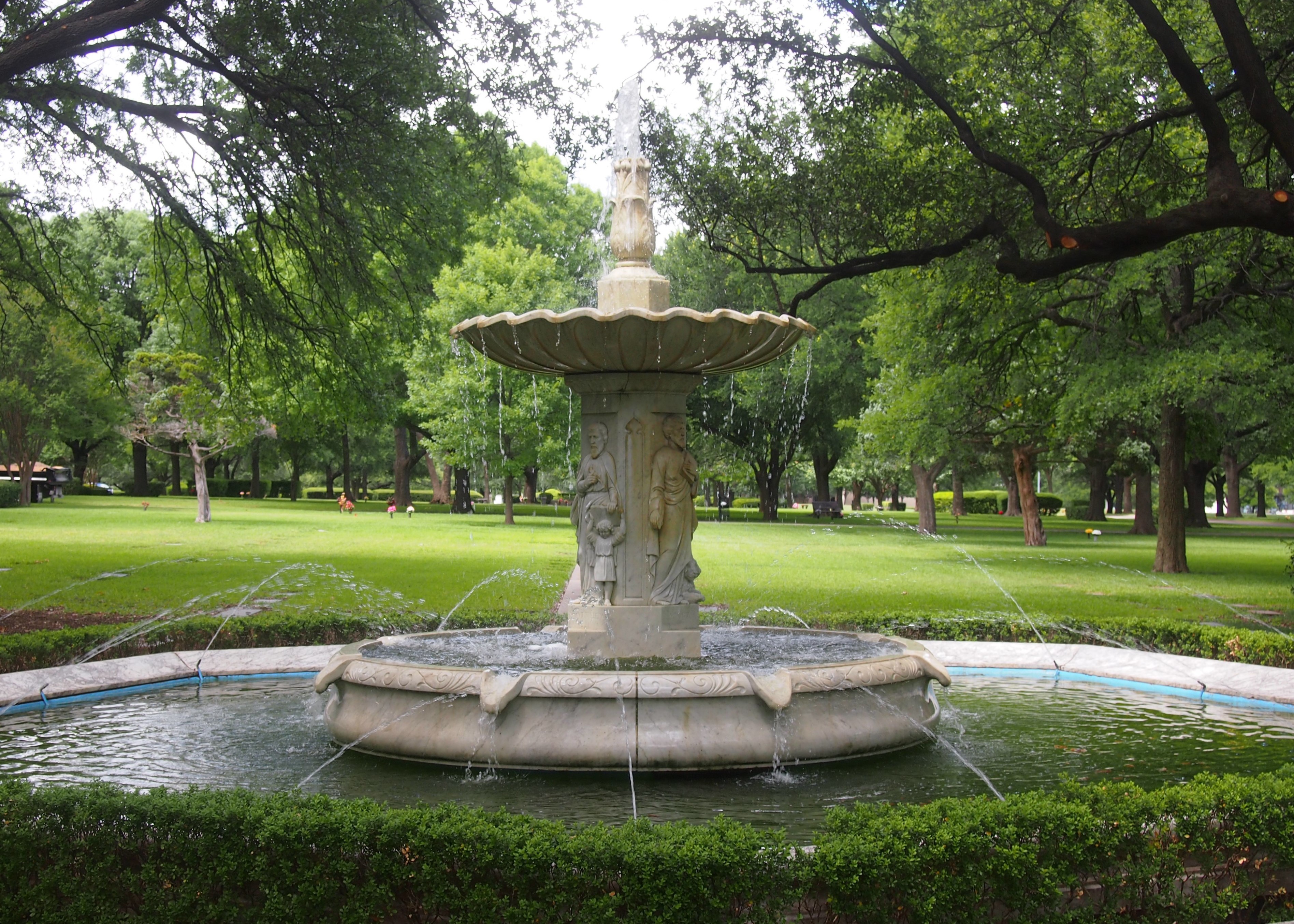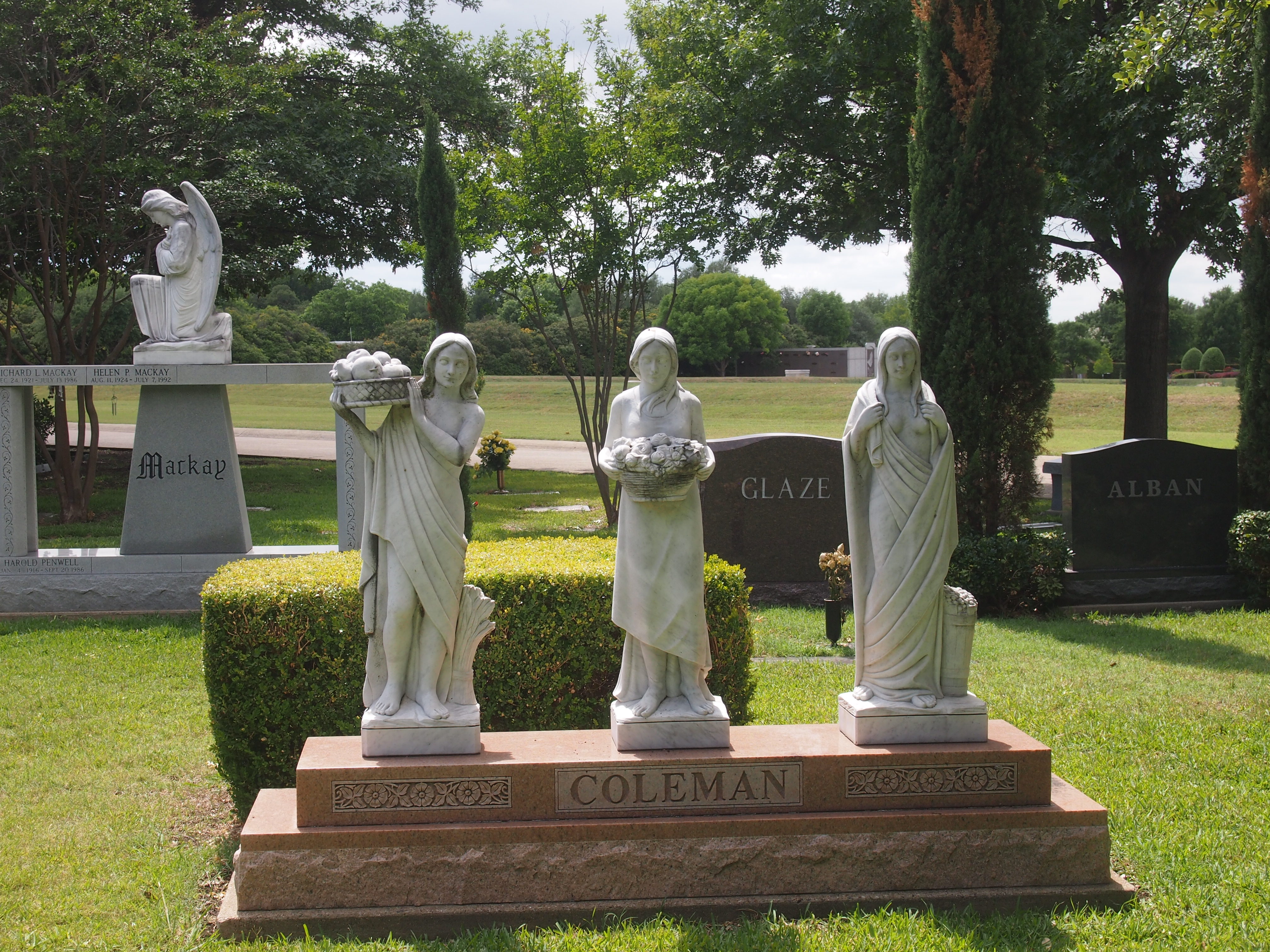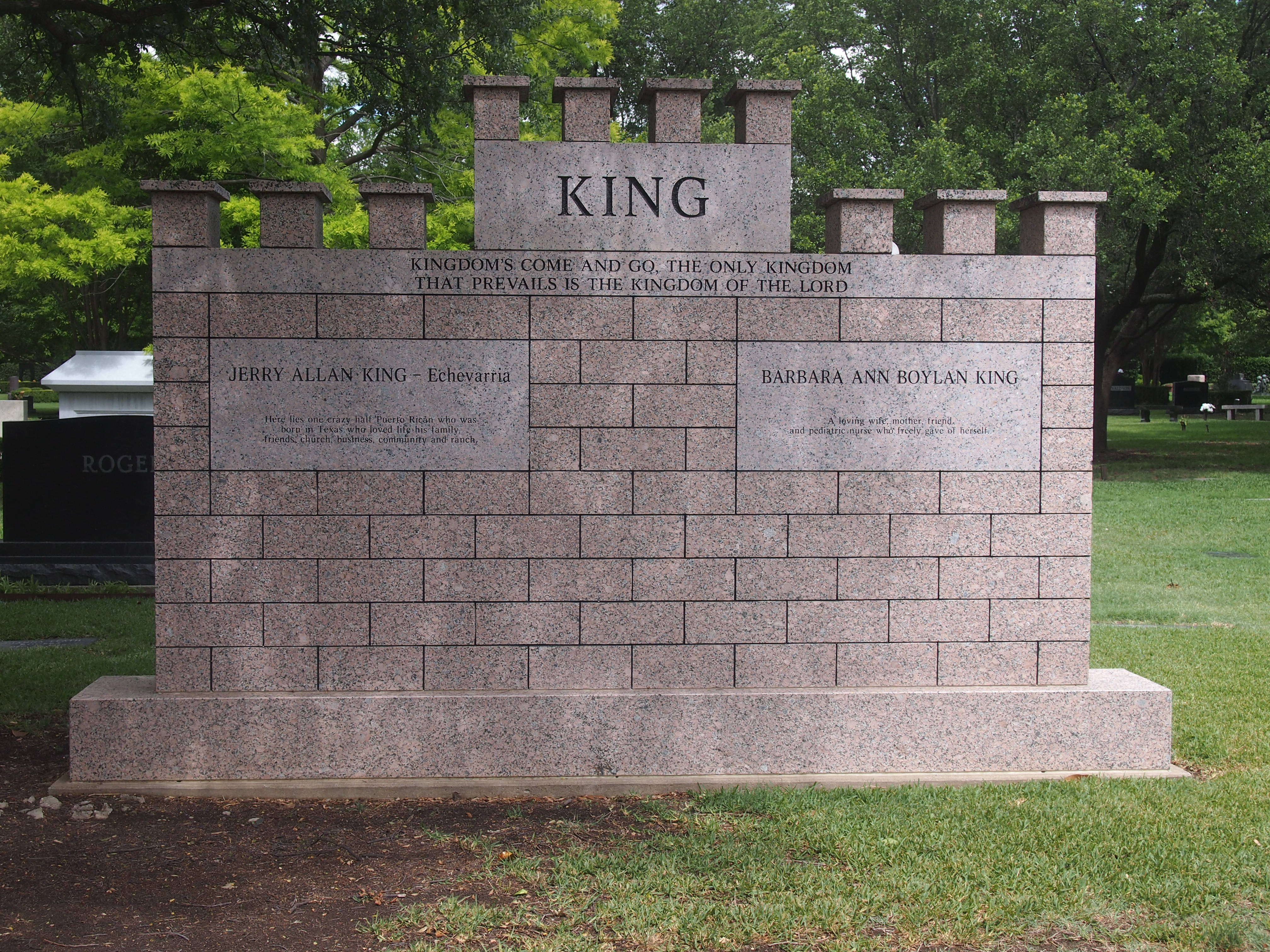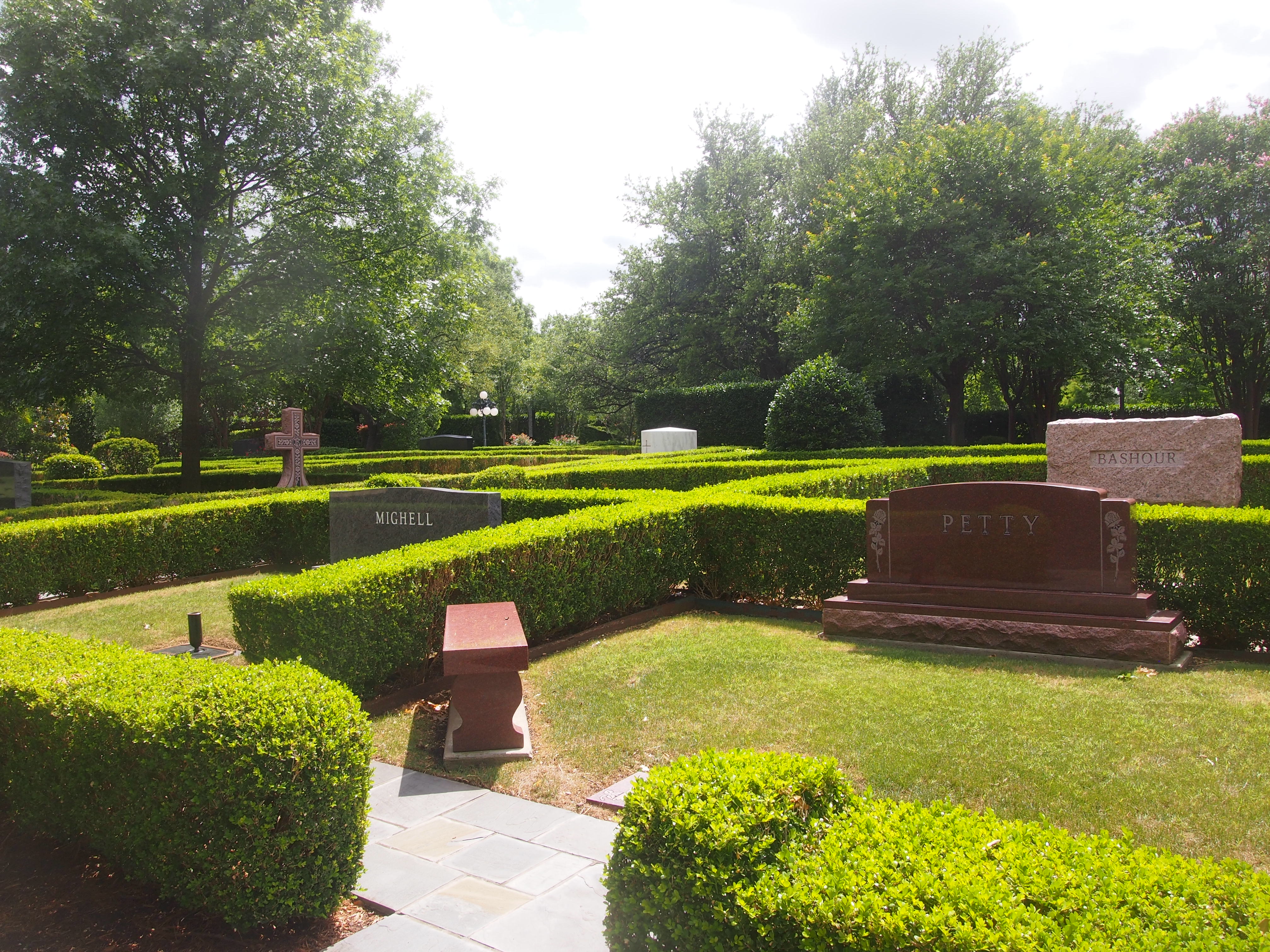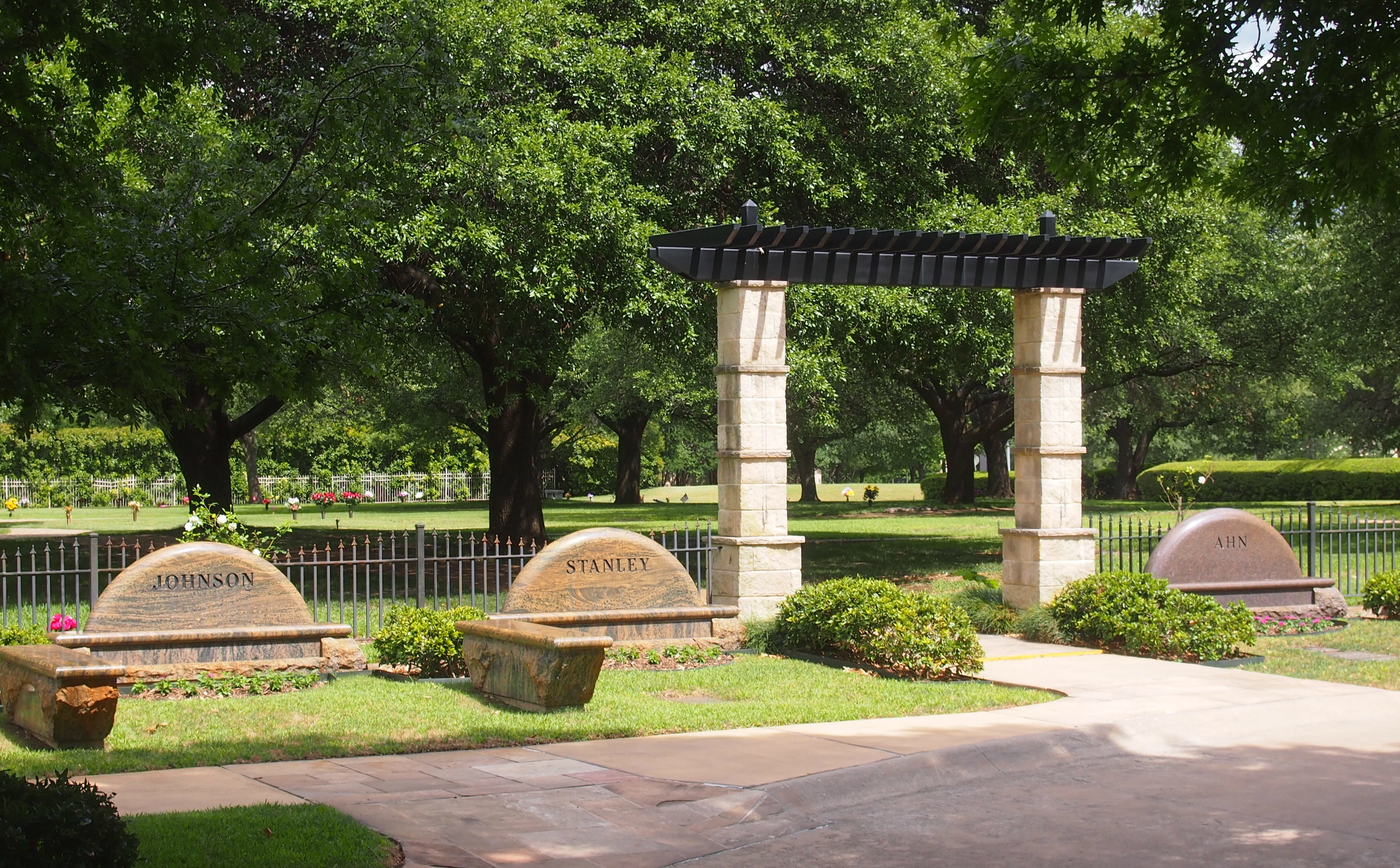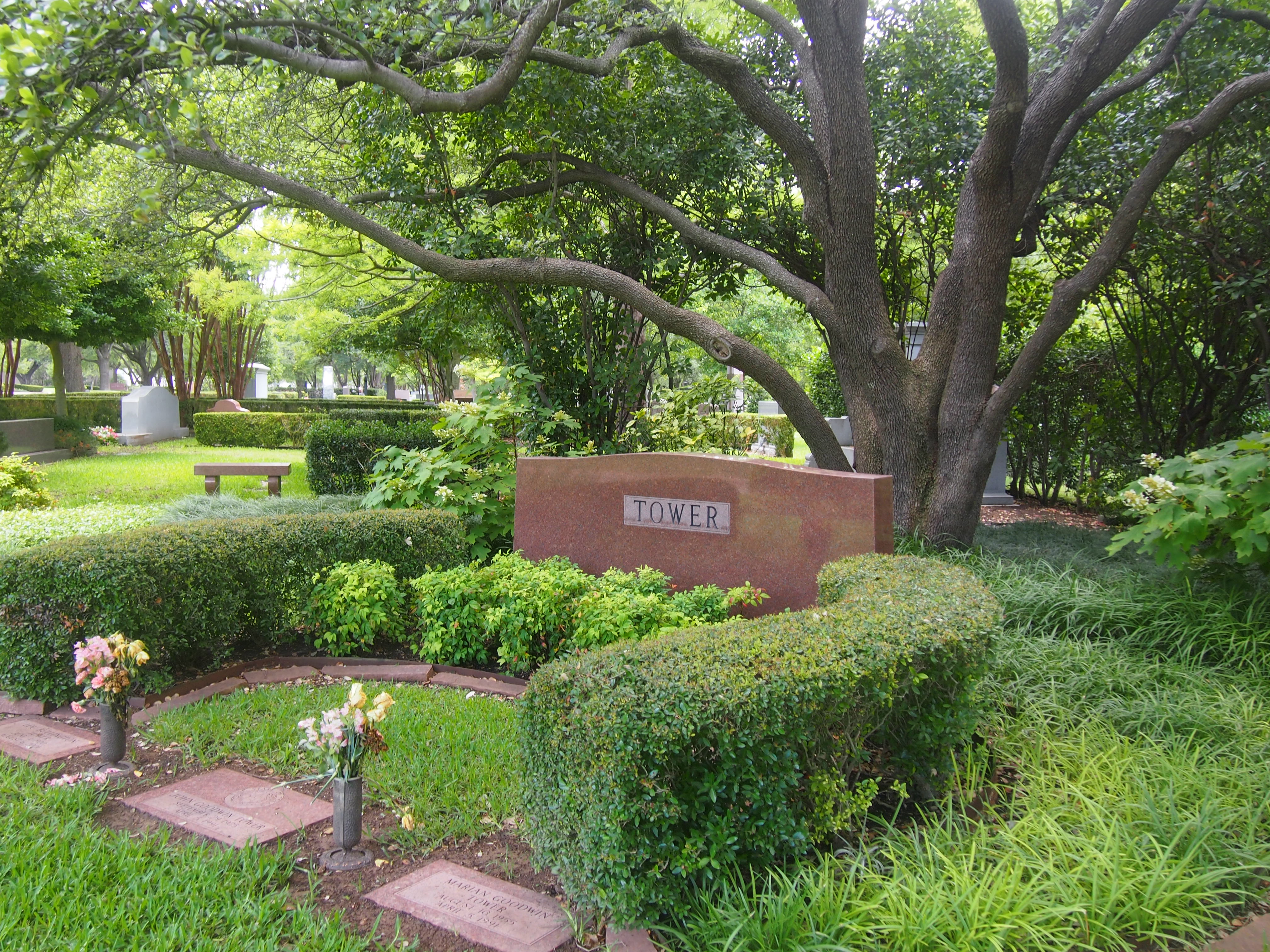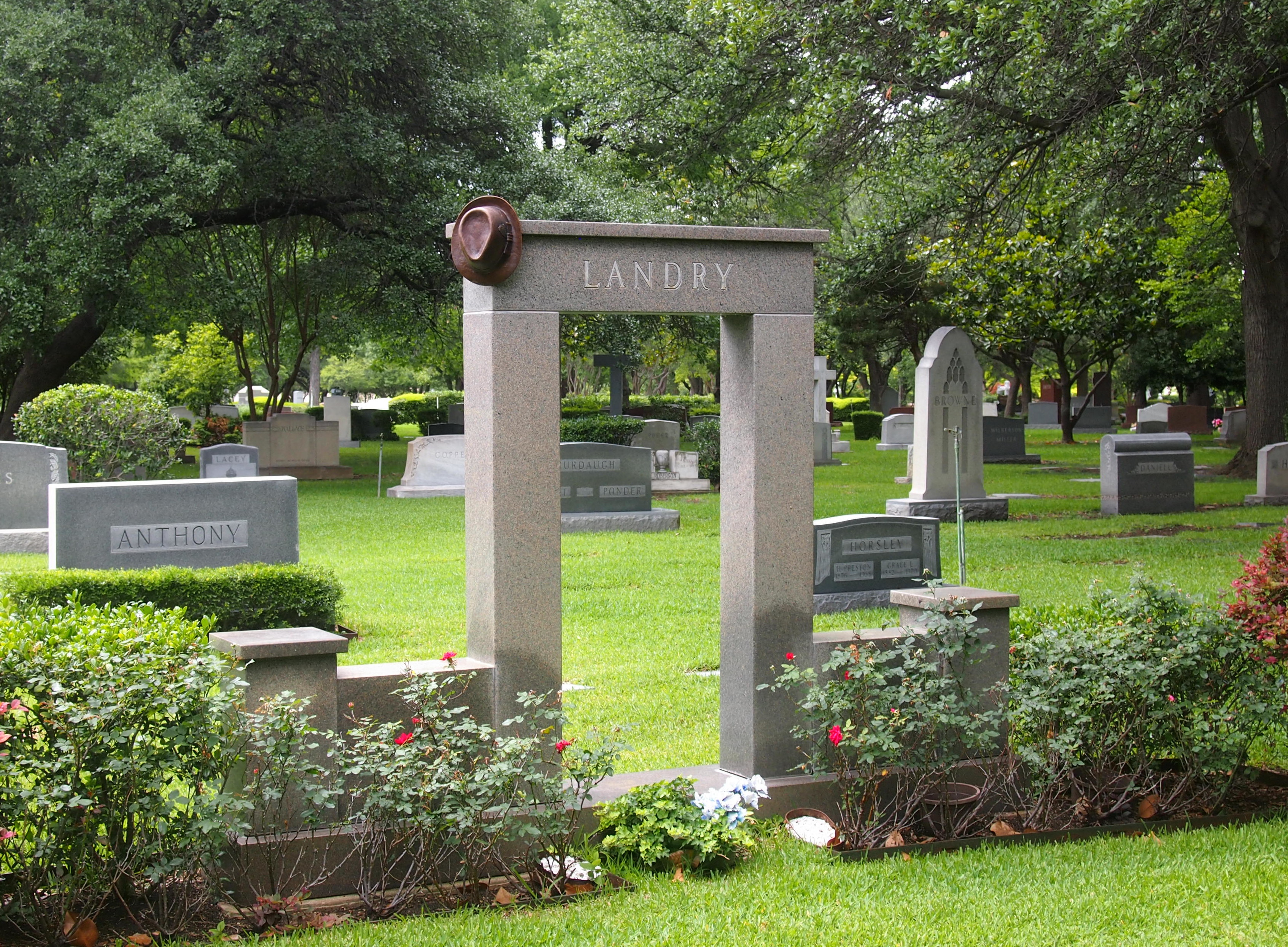Had about an 18-hour period of on-off heavy rain ending around dawn this morning. Till then, June had mostly been dry, with enough wind sometimes to blow dust off the ball field behind my back yard.
I looked up codswallop recently, curious about its origin, and was not surprised that Merriam-Webster says “source unknown.” I was surprised that the earliest known use was 1963. I’d have guessed 100 years earlier. Has a Victorian ring to it.
Not long ago I heard a song on WDCB’s Folk Festival that wasn’t exactly my idea of folk, but not bad, except that the singer kept mentioning the “some-or-other” blues. I couldn’t figure out what she was saying. After the song, the host said it was the fomo blues (or FoMO or FOMO): pronouced Foh-Moh, an acronym for “fear of missing out.”
I looked into it further. I find it hard to believe it’s a real thing, or very important if it is.
Not long ago I found that some of the animation work of the strange Harry Smith is on YouTube. Wonder if he had any influence on Terry Gilliam’s animation.
I’d never heard of a novelty song called “Crawl Out Through the Fallout” by Sheldon Allman until last week. Found it on YouTube as well.
The album, released in 1960, is called Folk Songs for the 21st Century, but the style of “Crawl Out” is more ’50s jazz. I checked a little more, and other songs from the record are also posted, including the amusing “Big Brother is Watching You.”
You’ll disappear in a wink
Unless you can doublethink
Allman’s voice reminds me of Tennessee Ernie Ford, which just adds a layer of strangeness. Now there’s a concept album: Tennessee Ernie Ford Sings His Dystopian Favorites.
More about Allman is in his 2002 obit. He composed the theme song for George of the Jungle. For that alone, he ought to be remembered.
